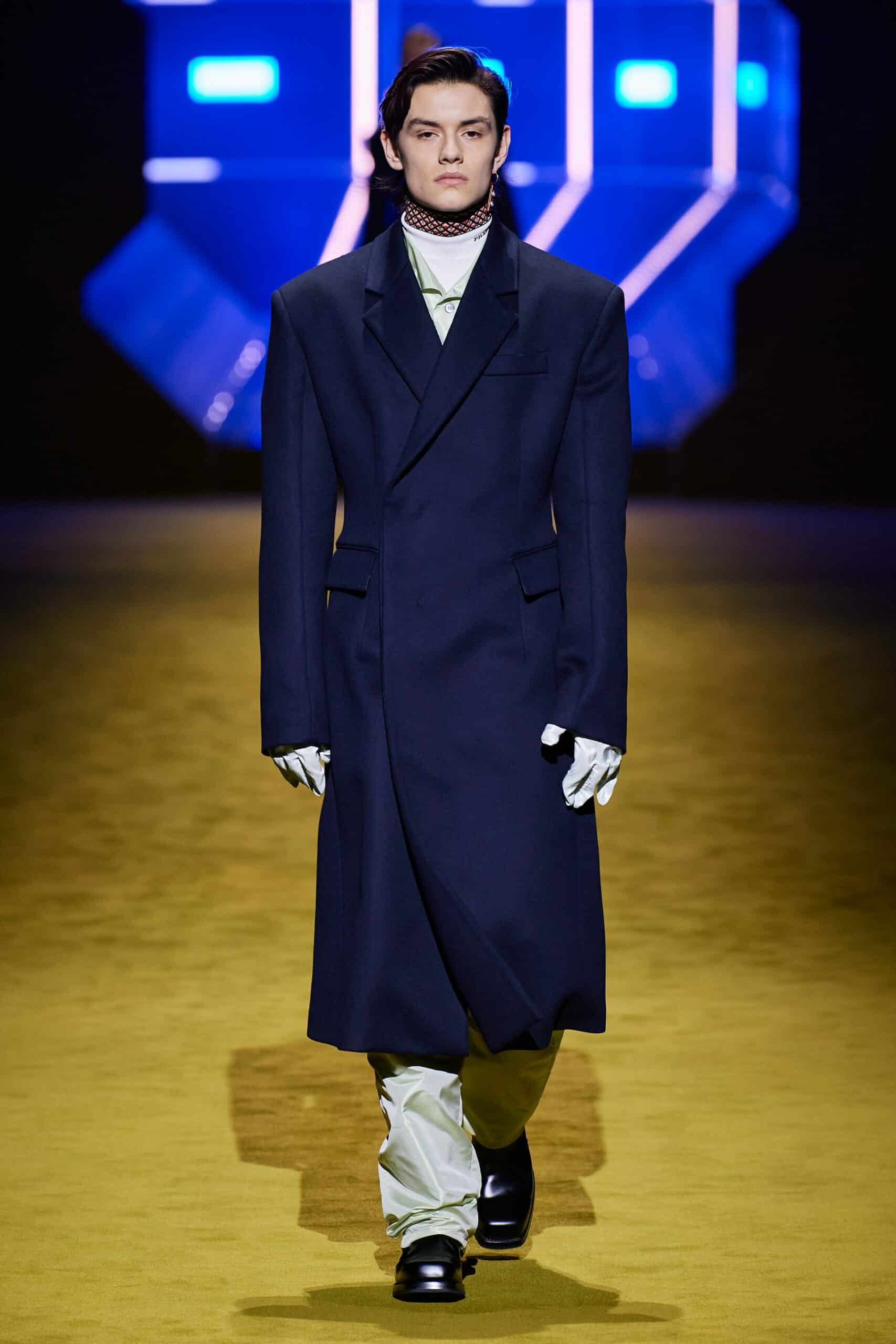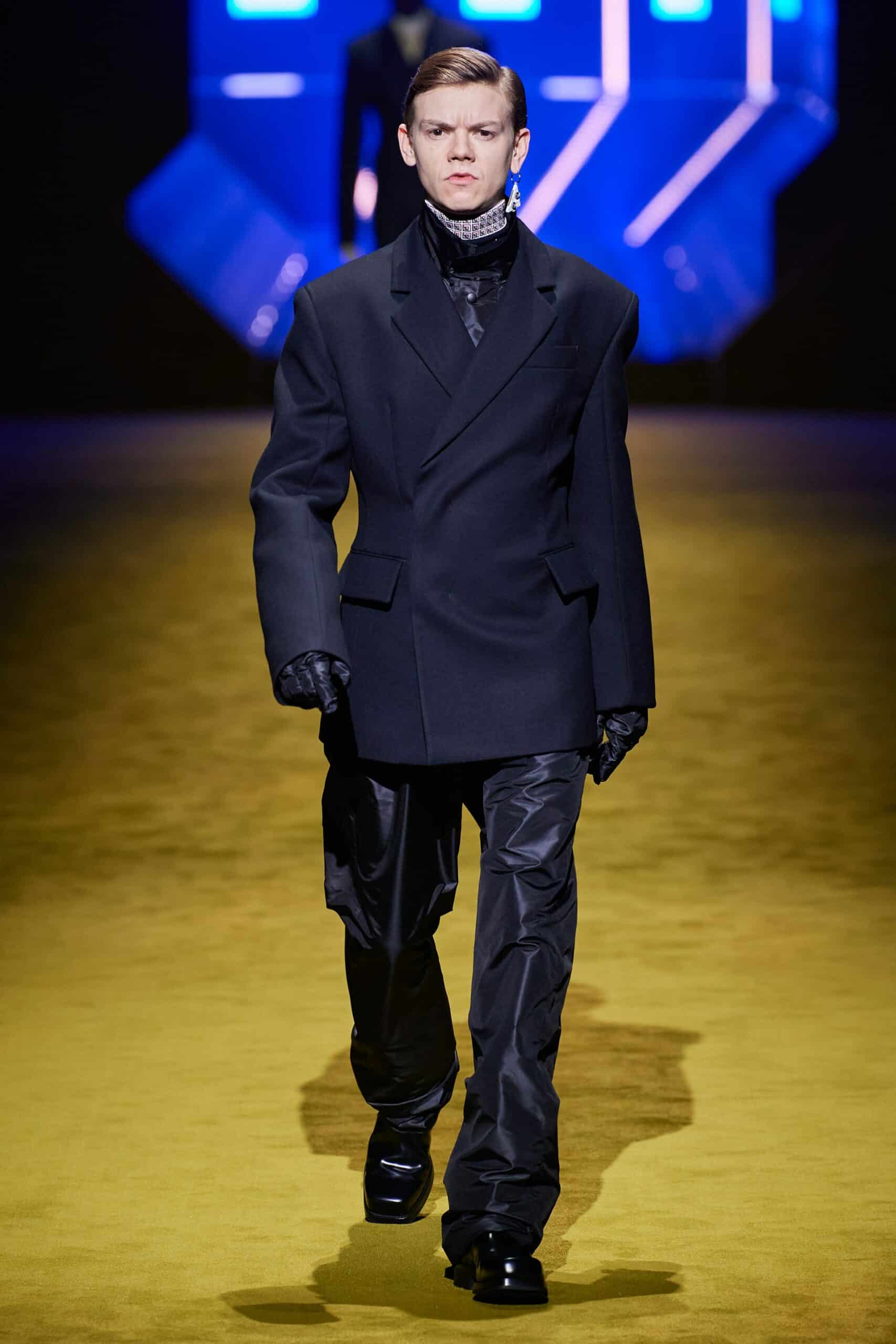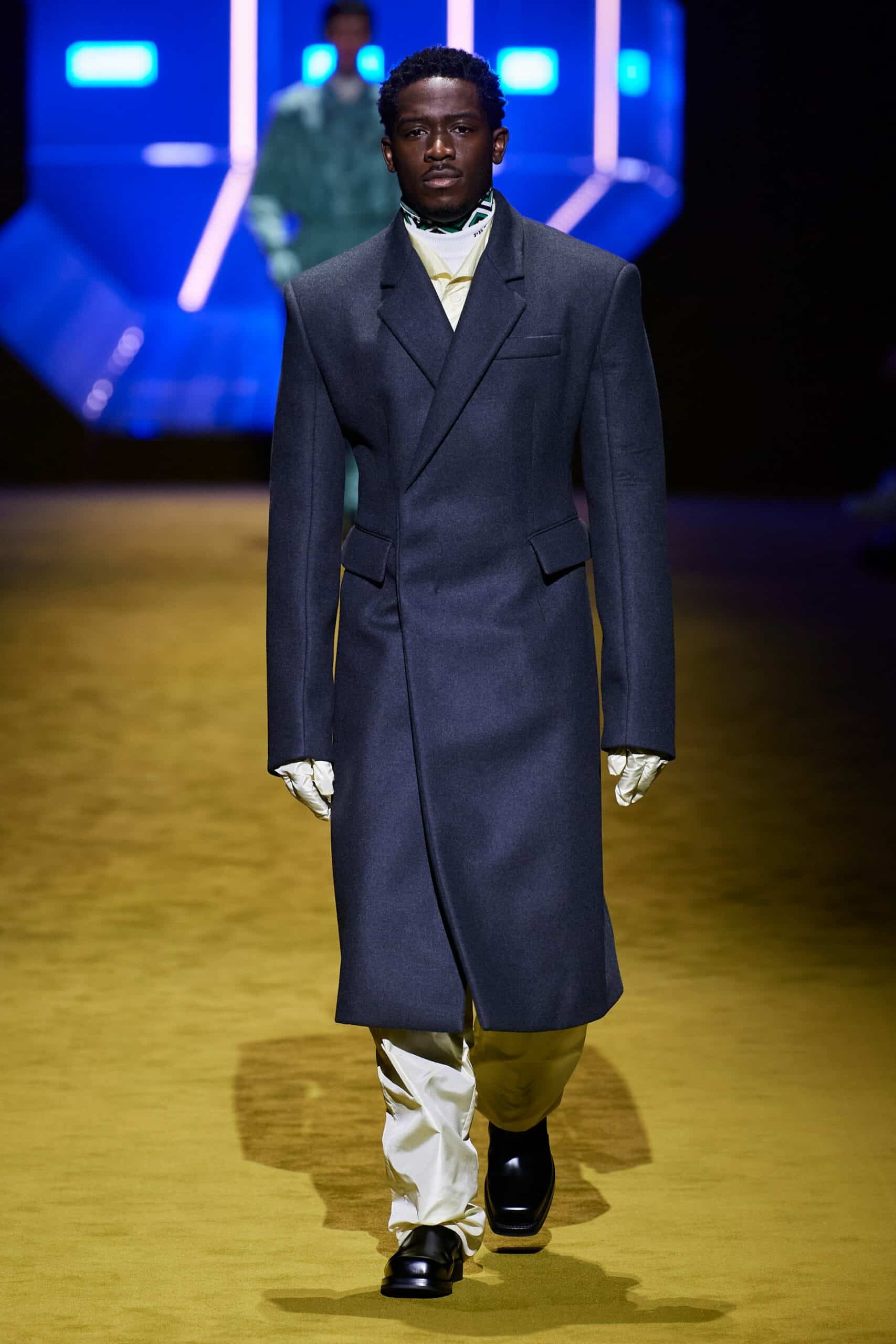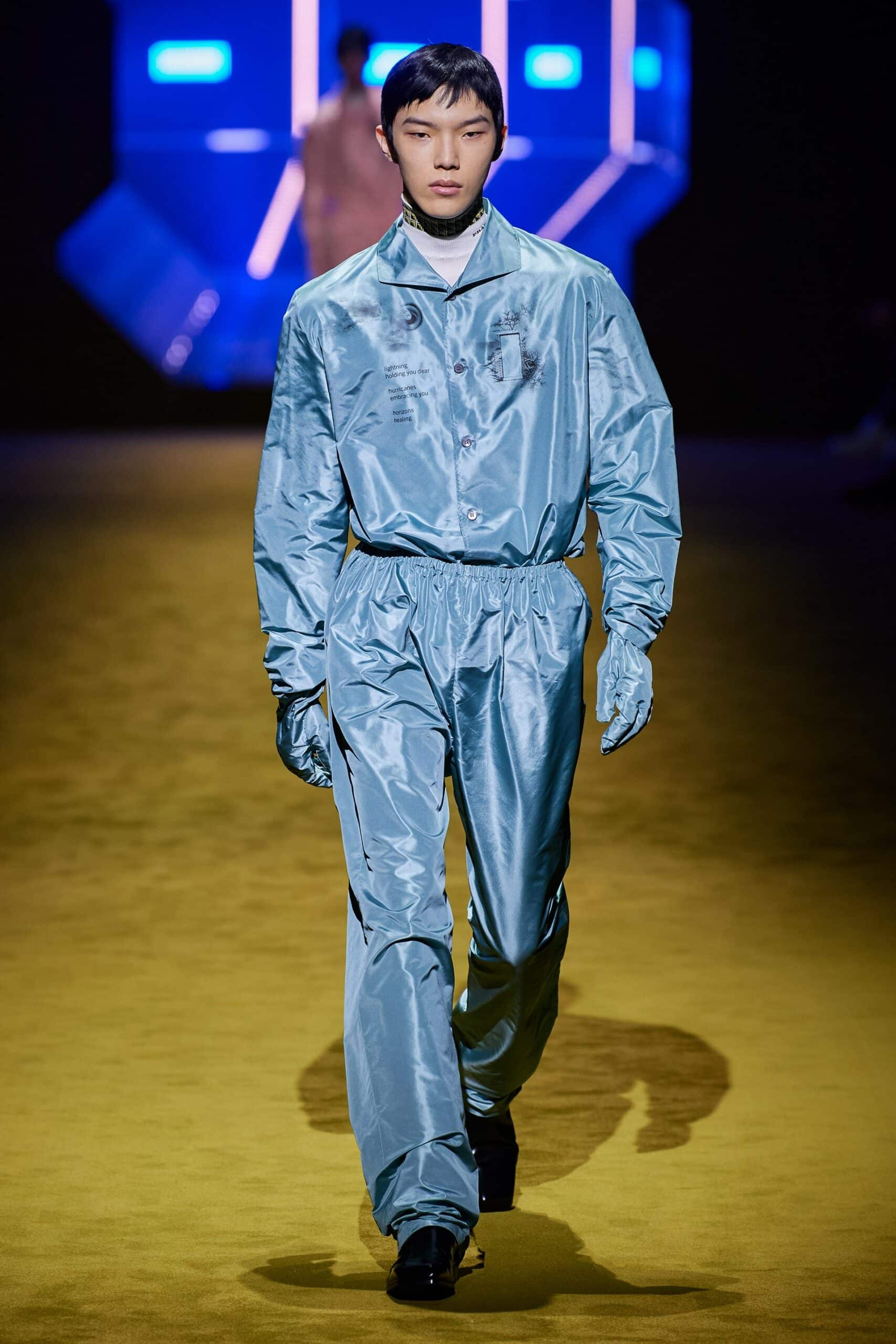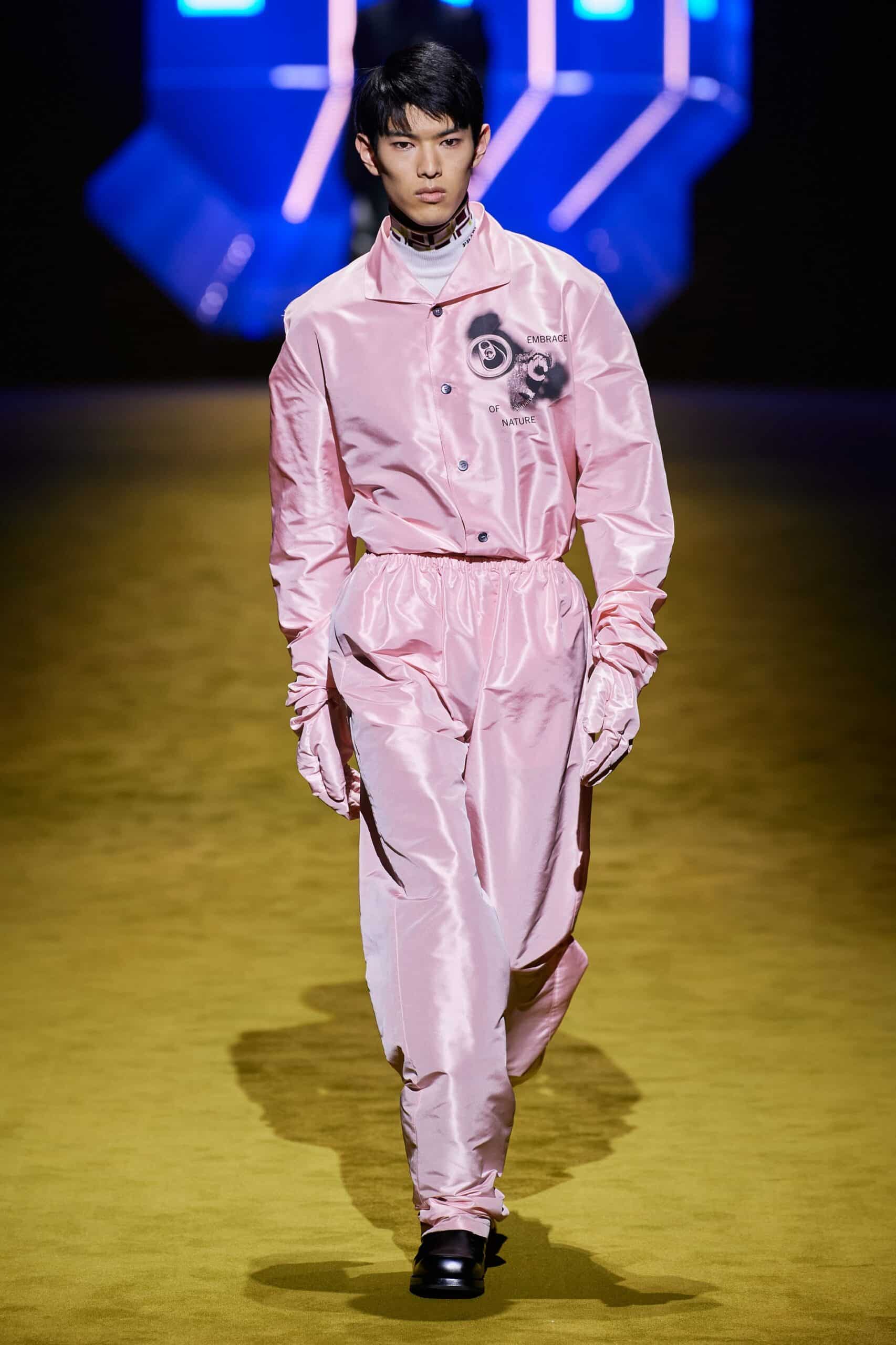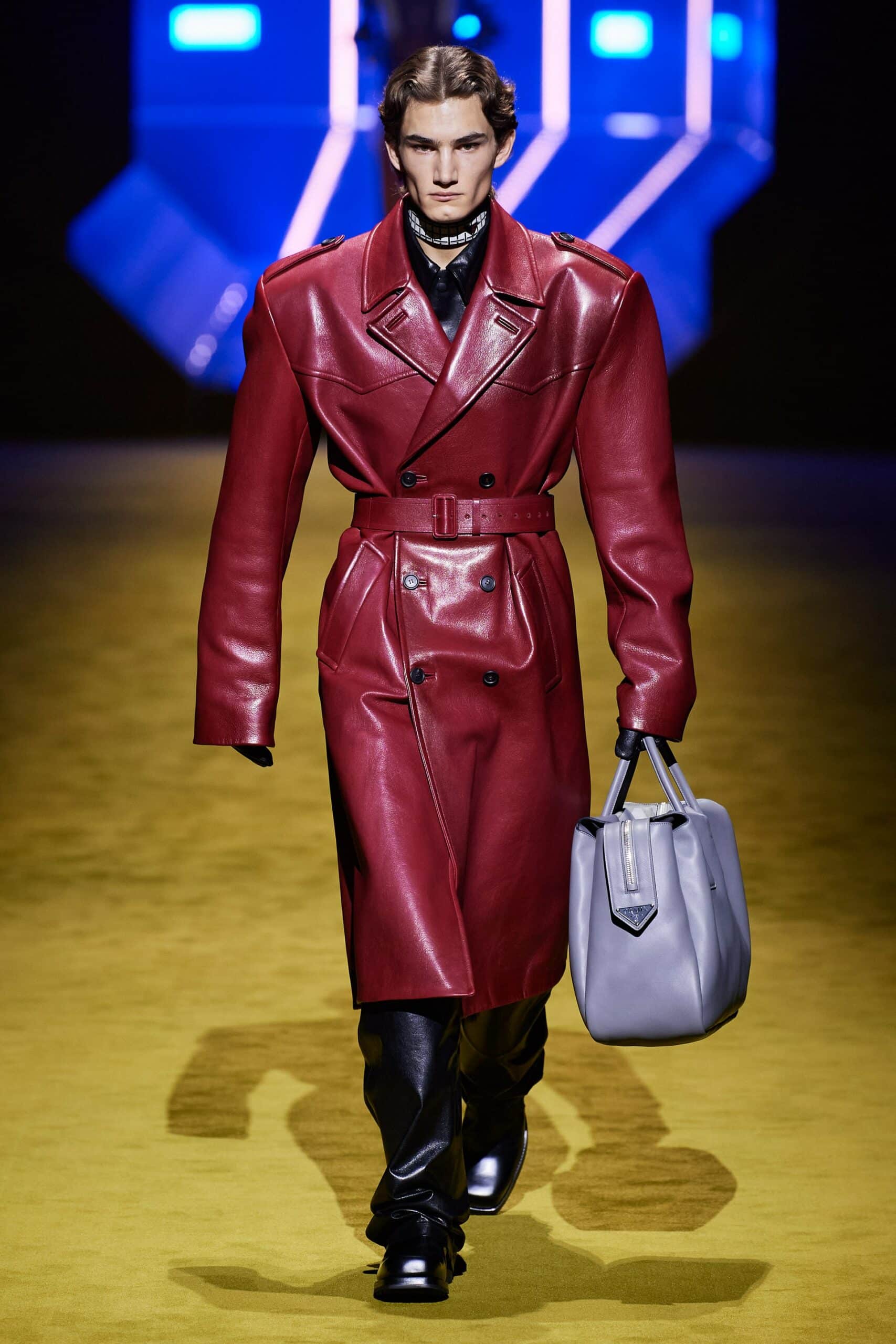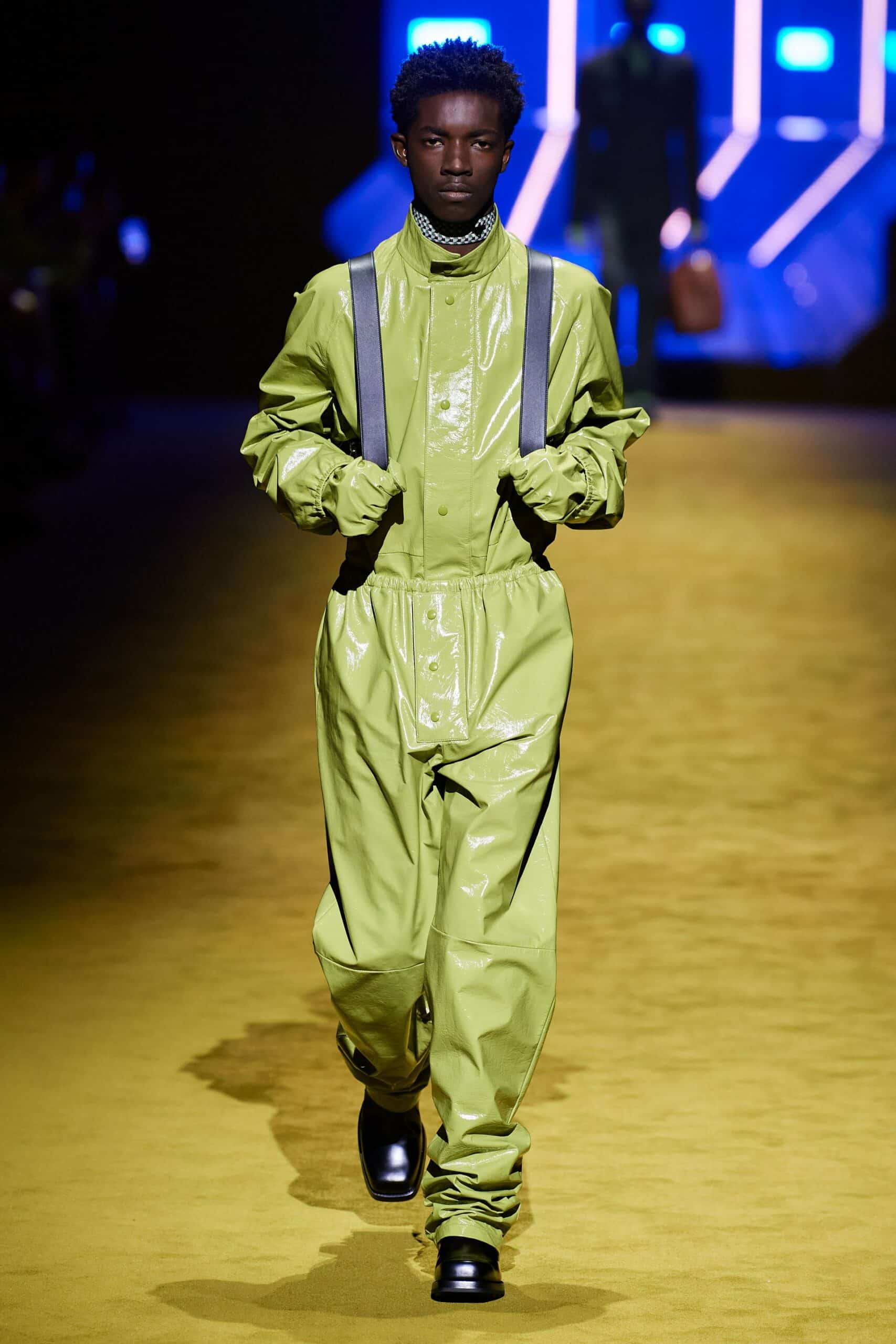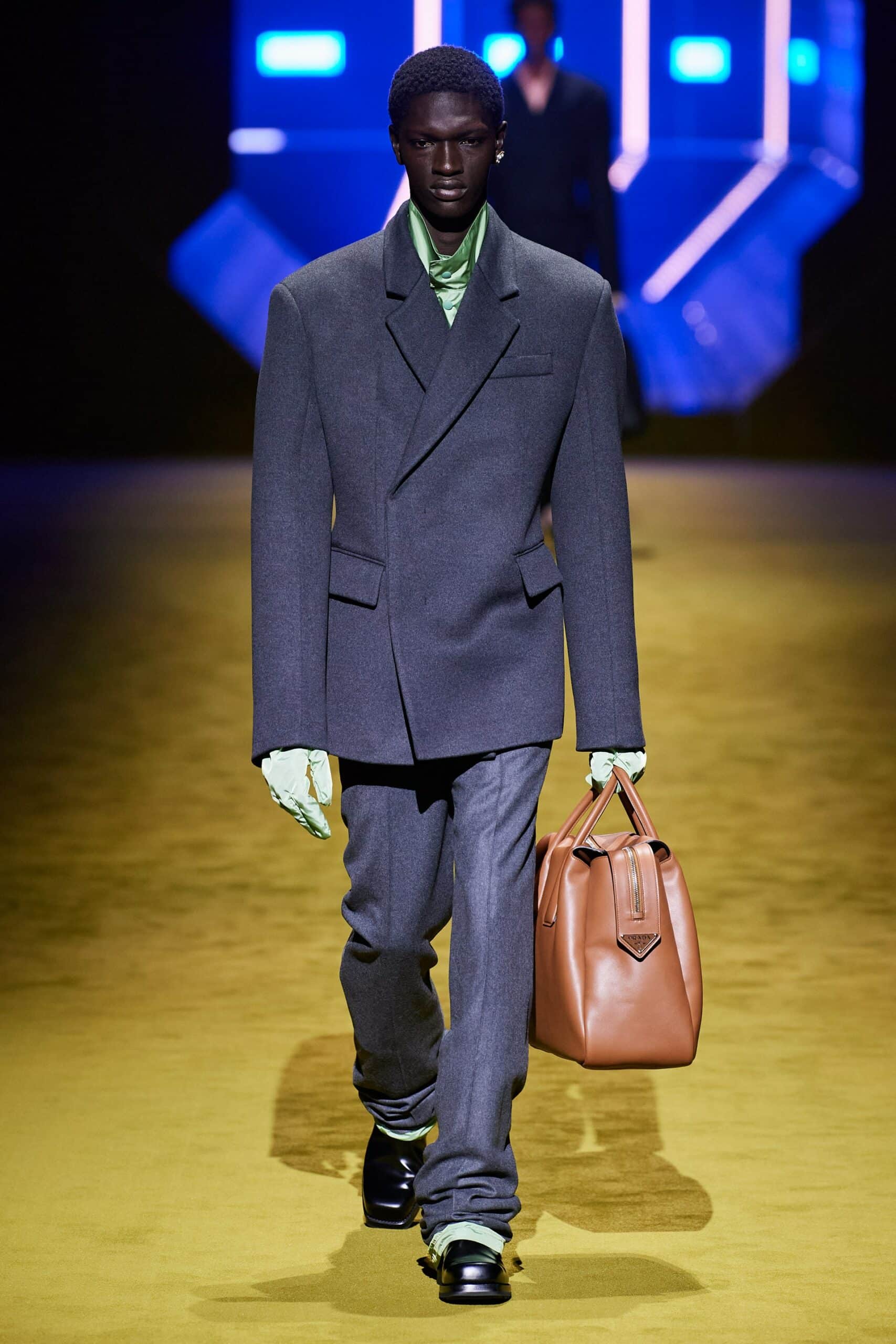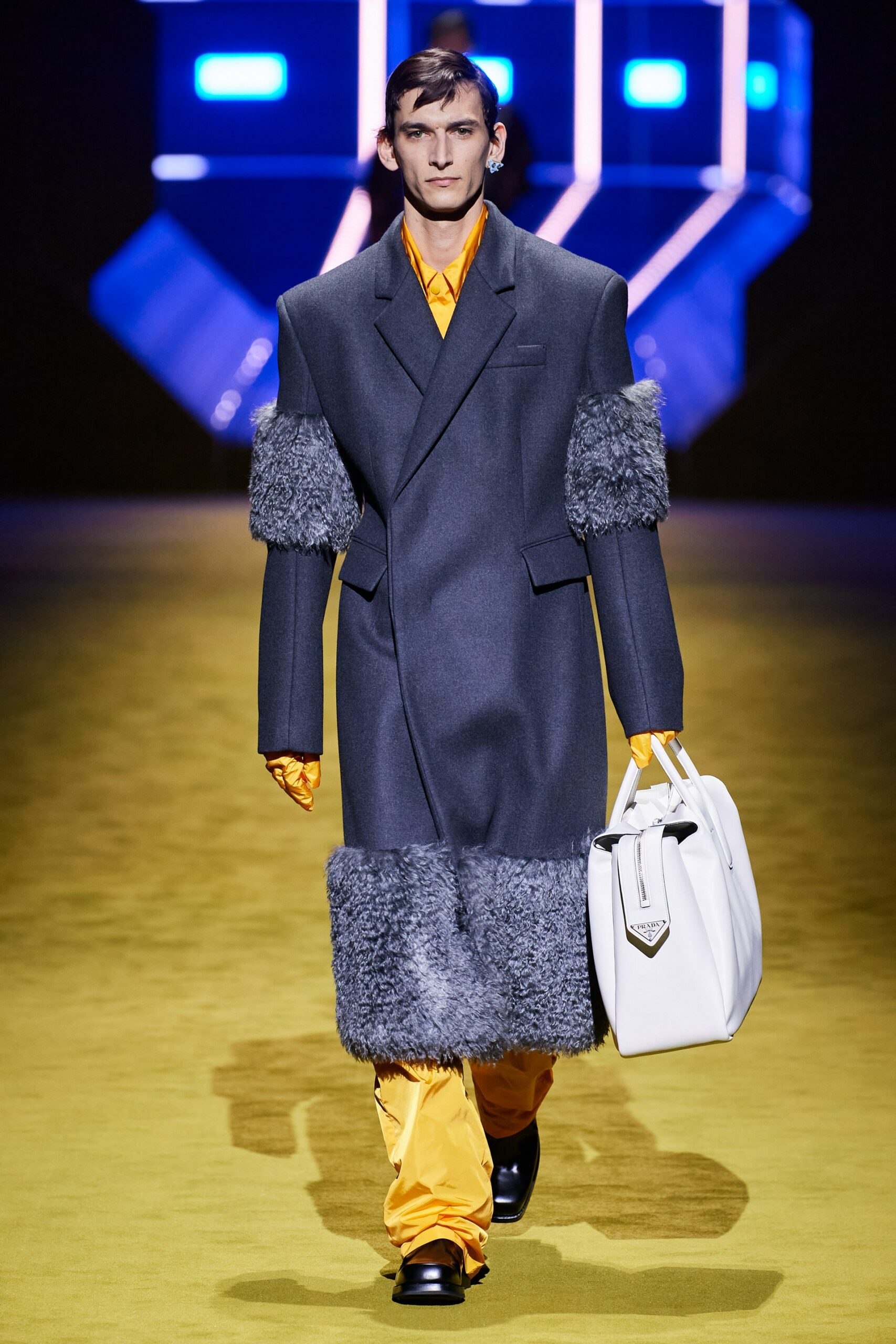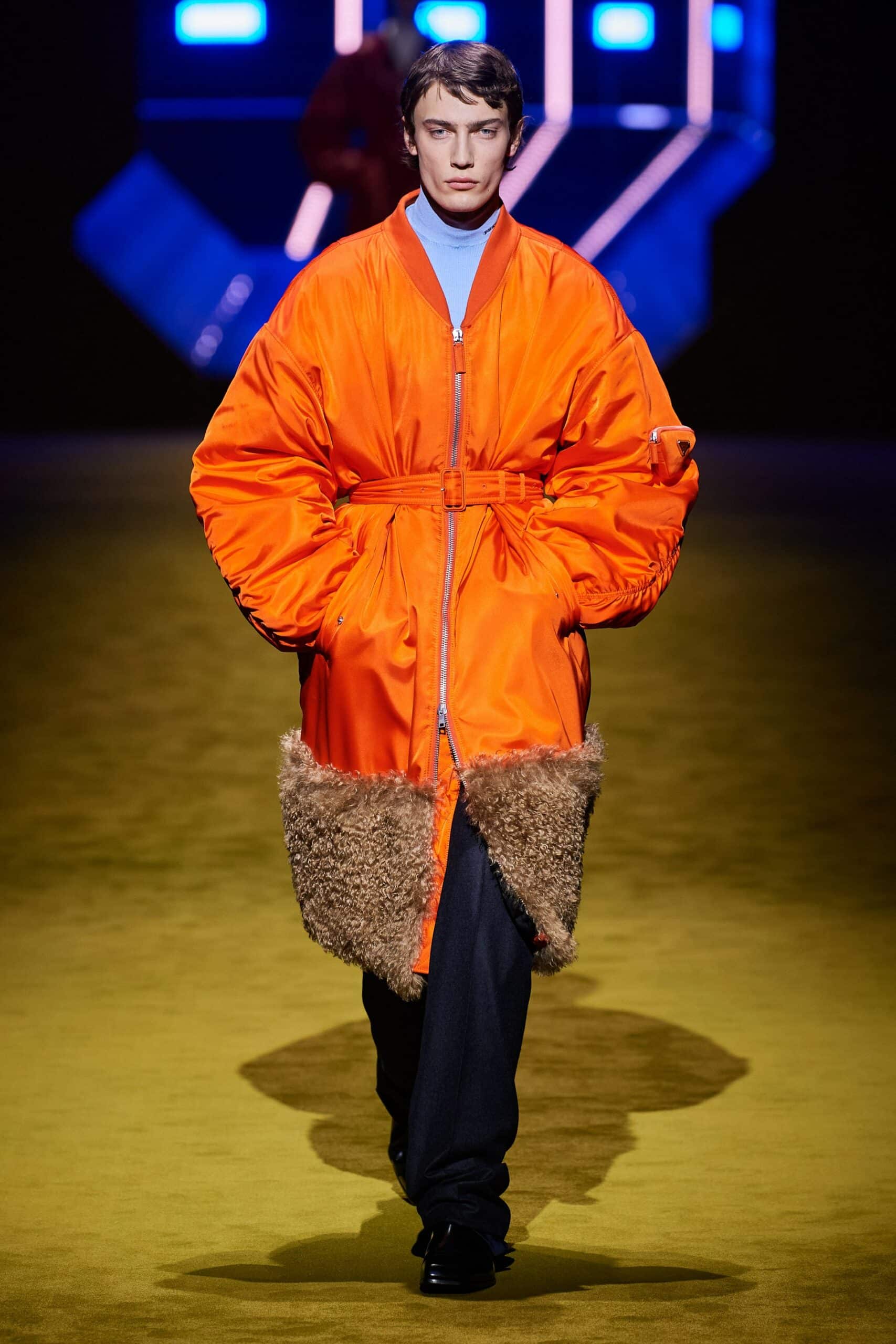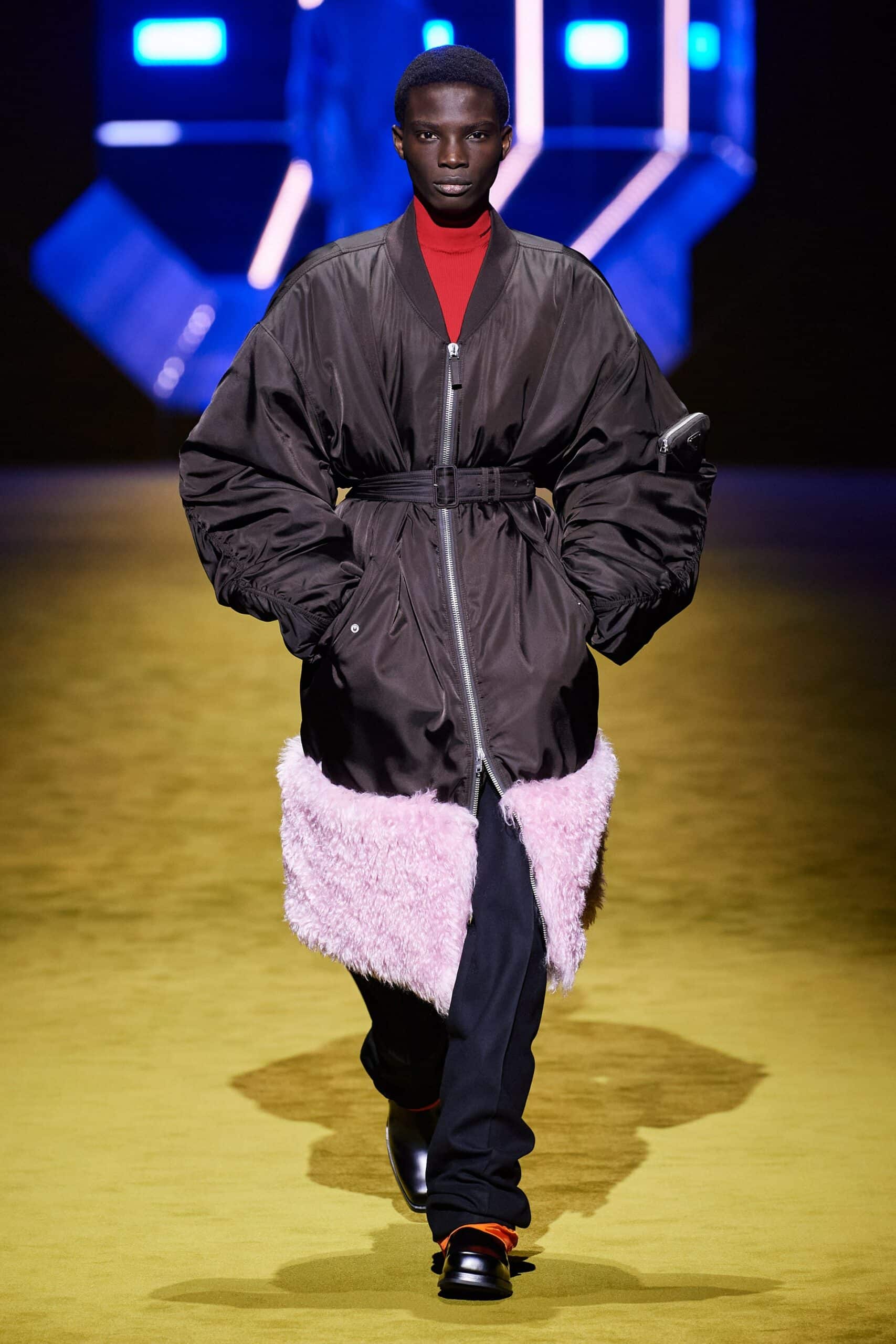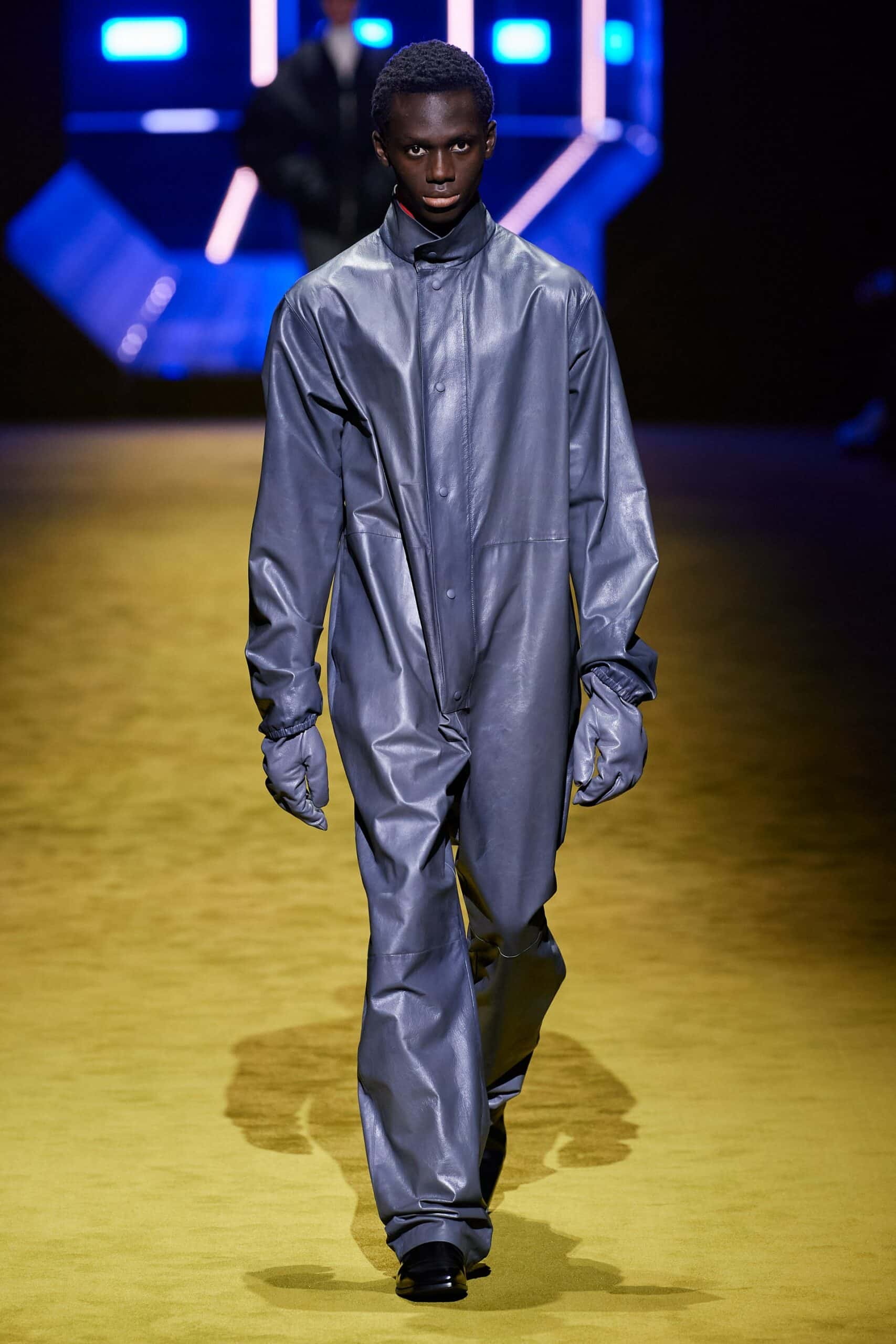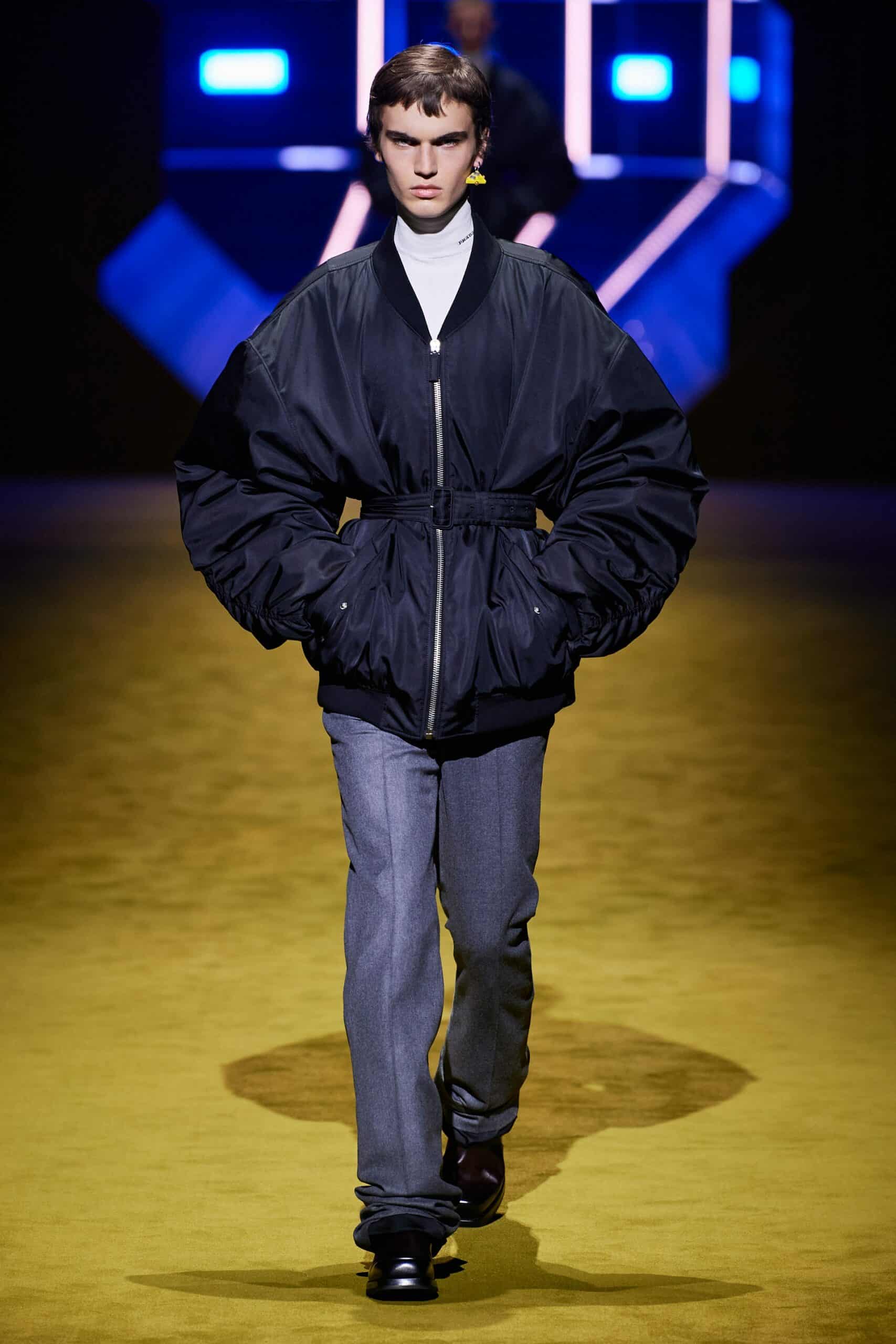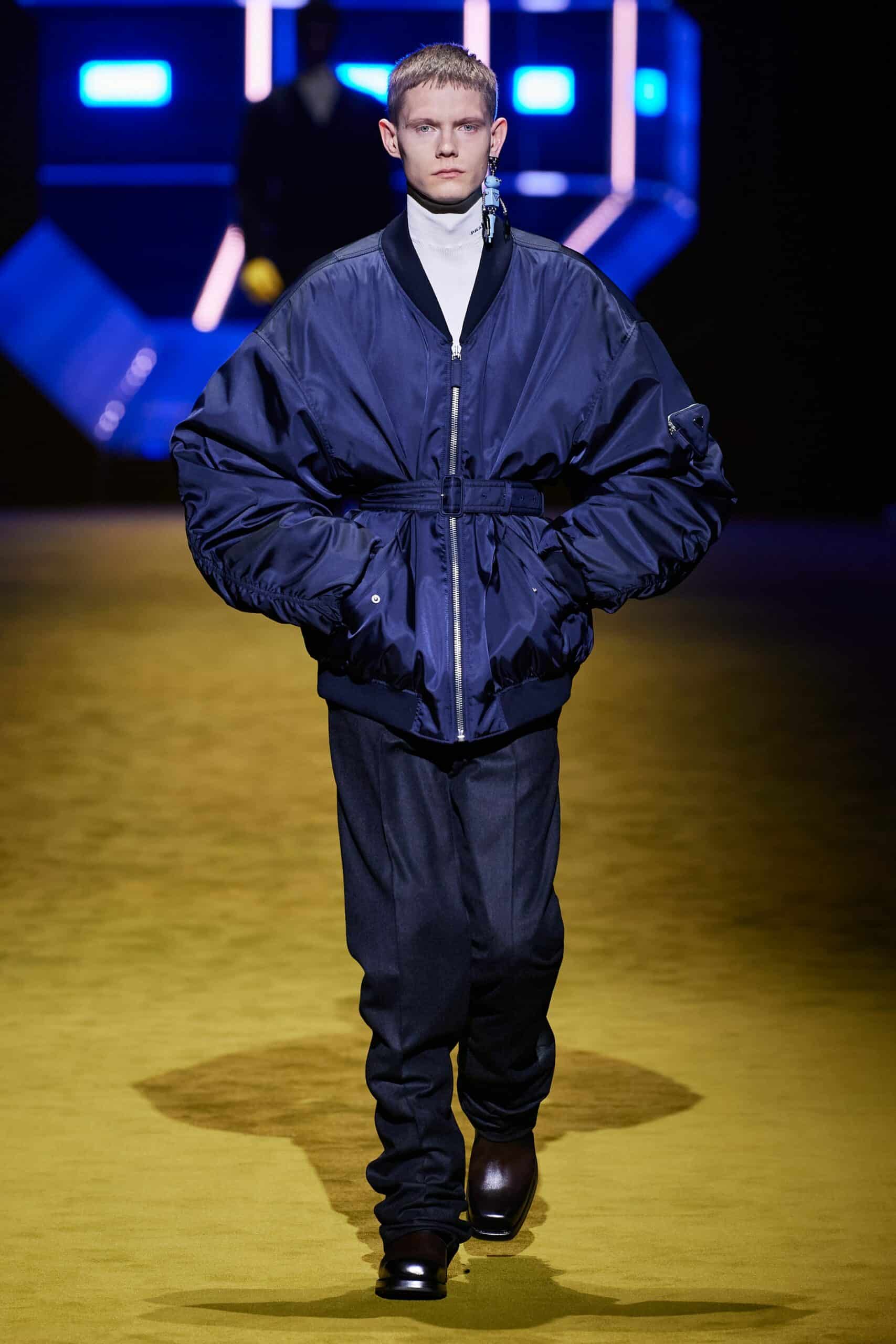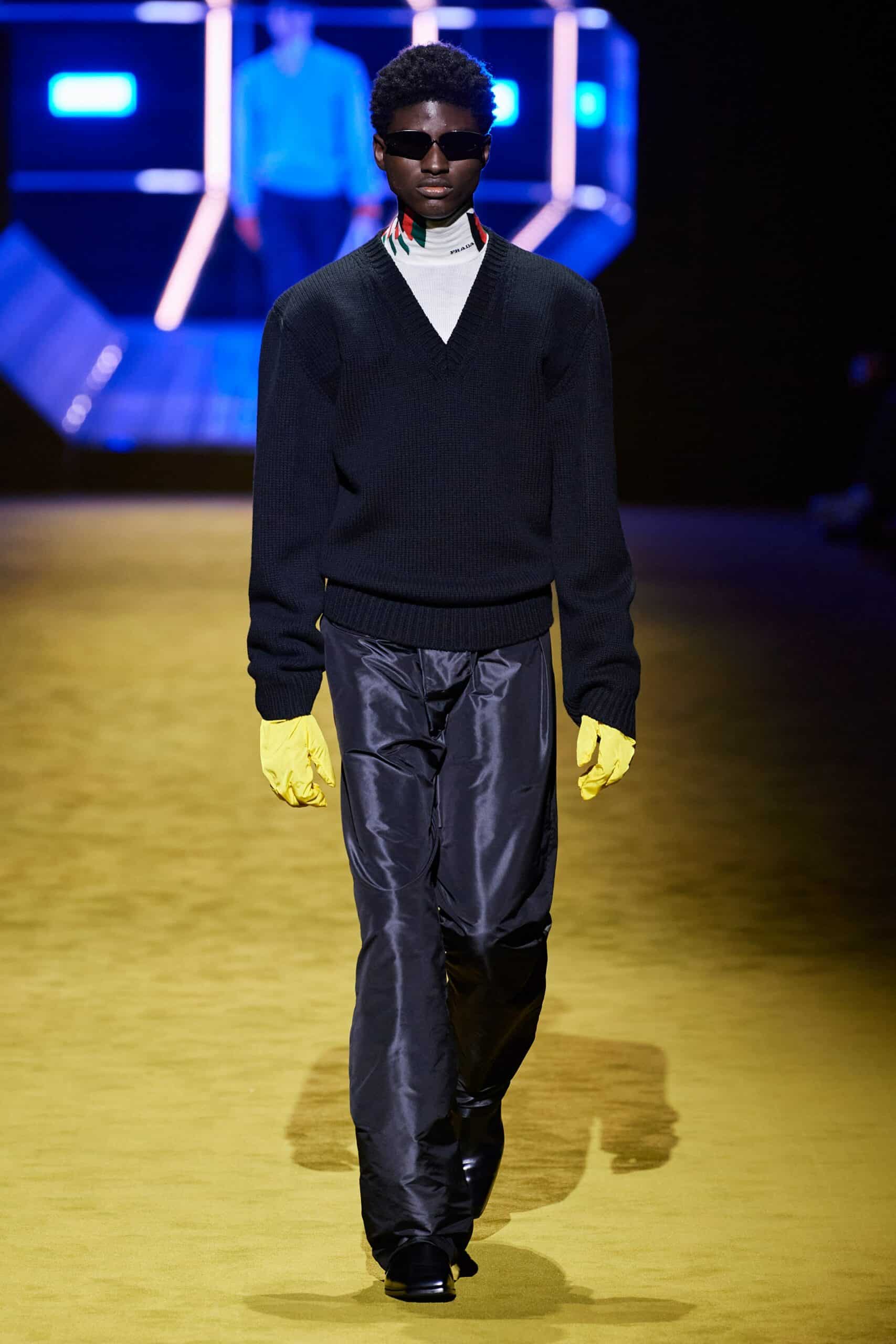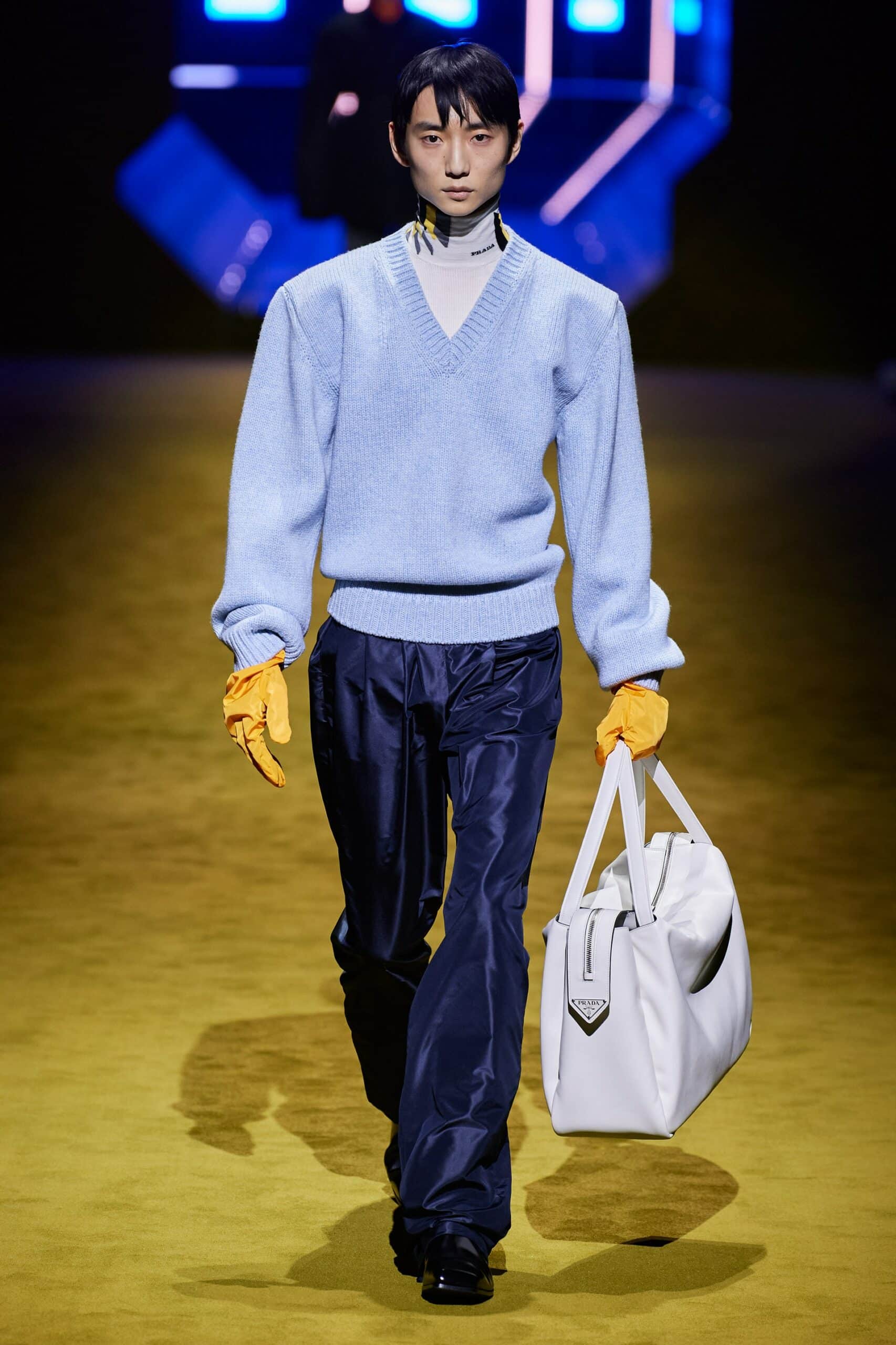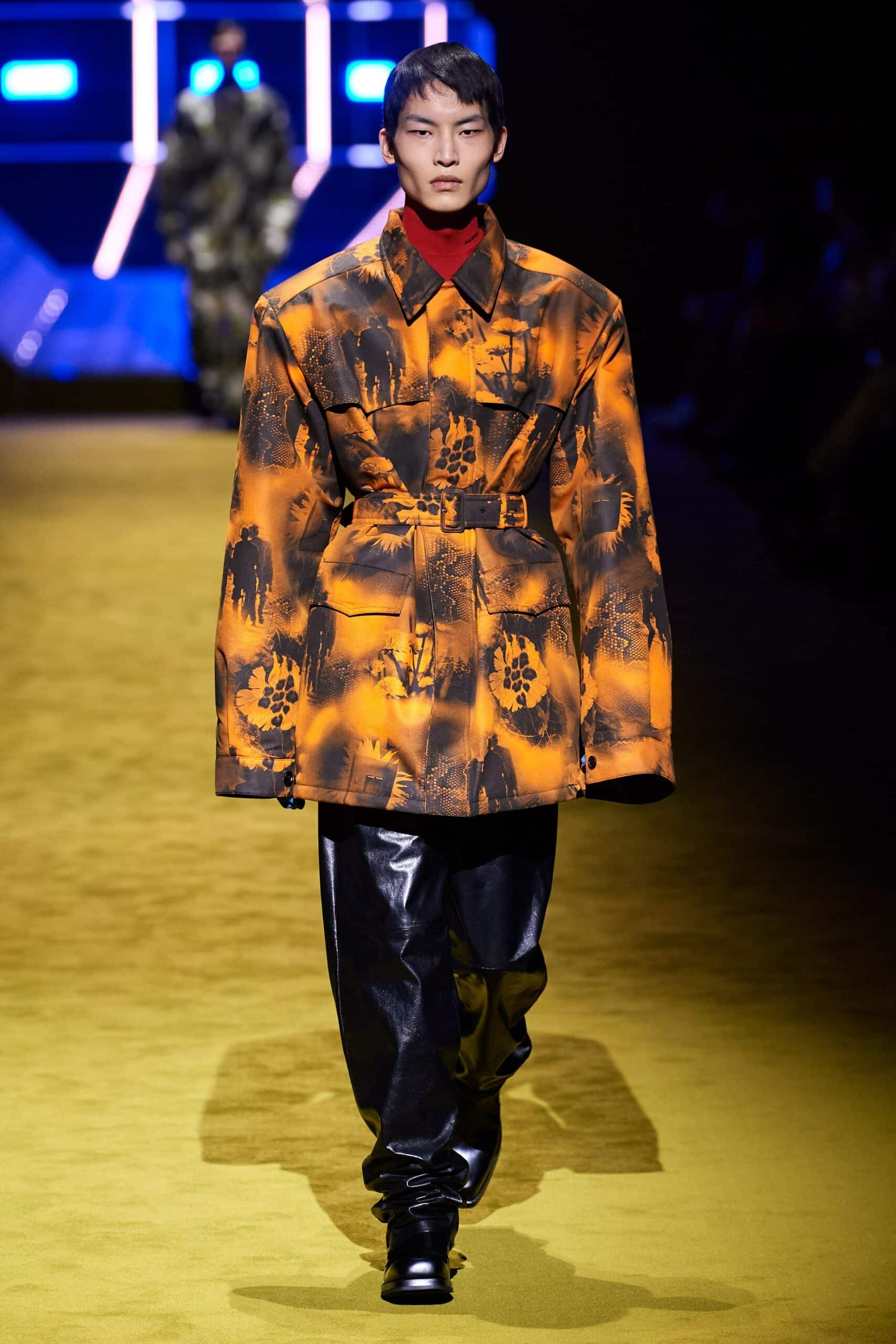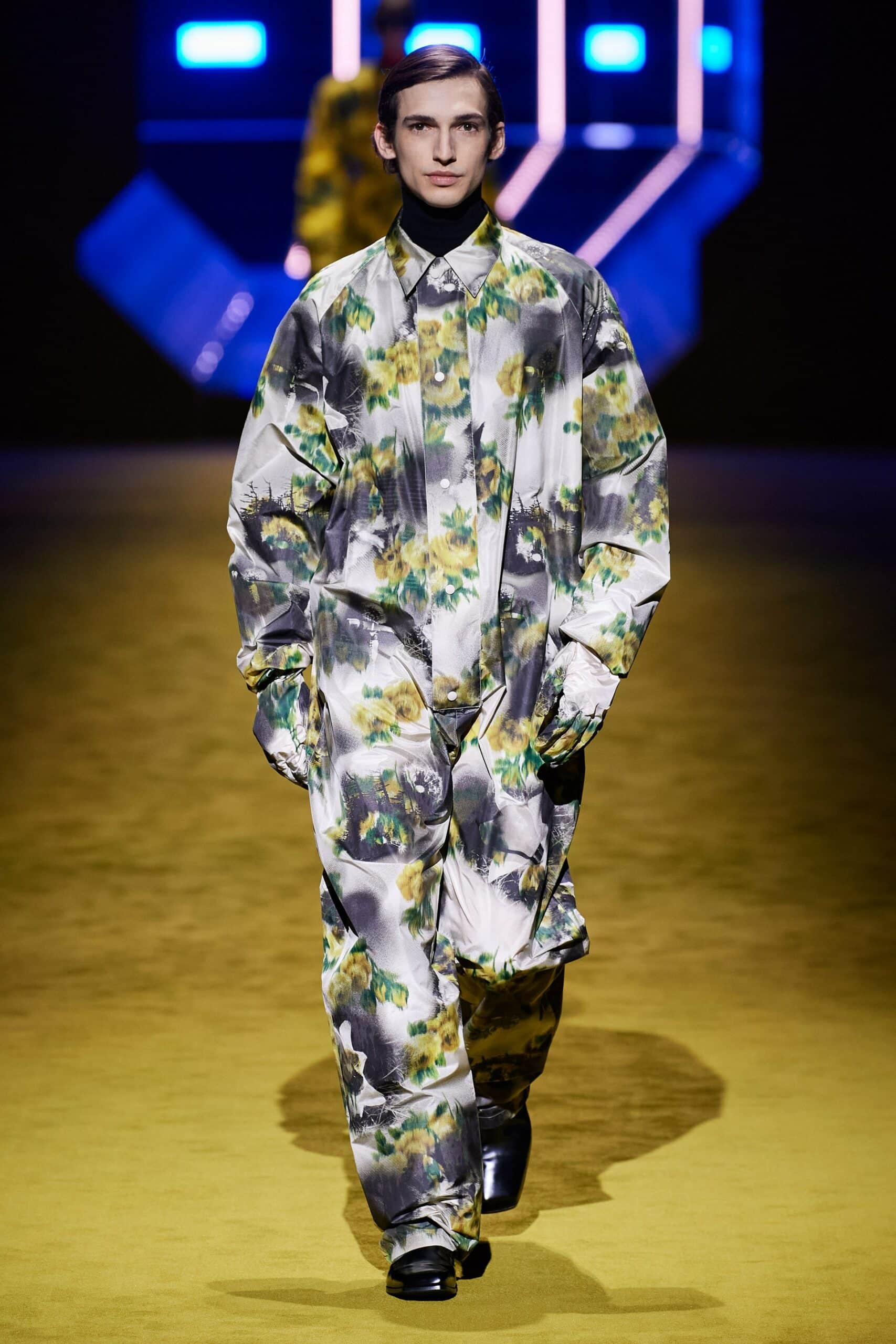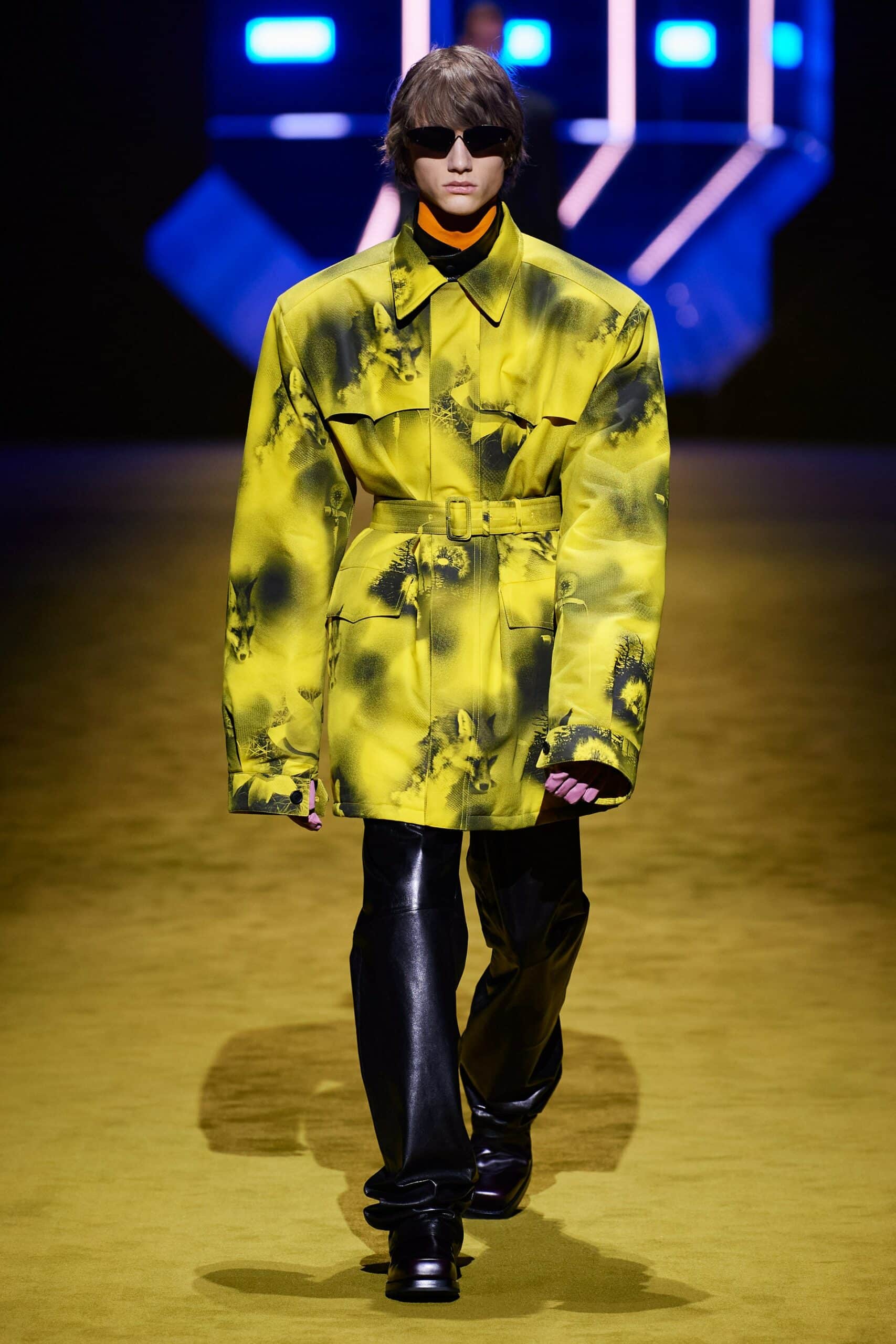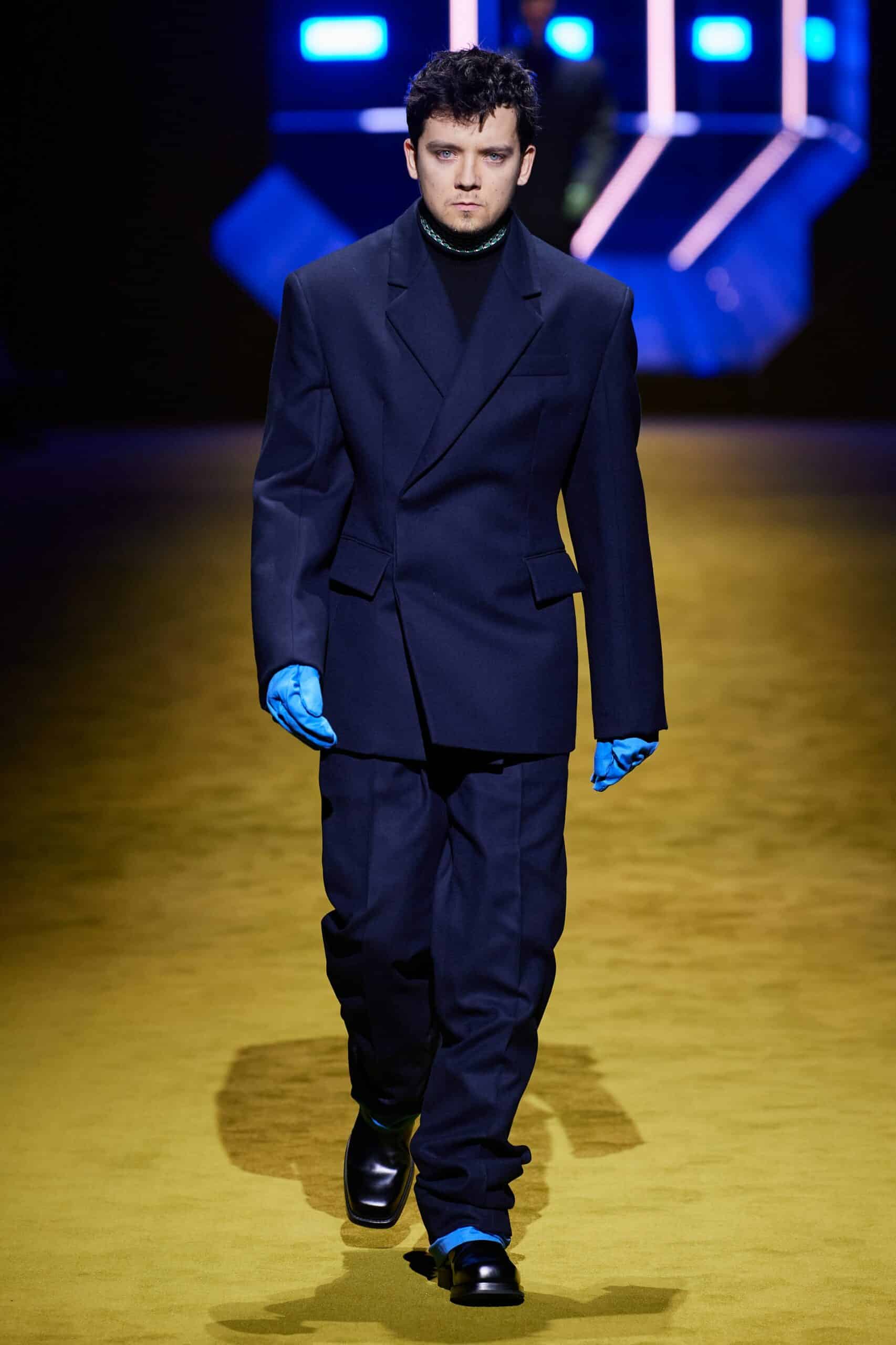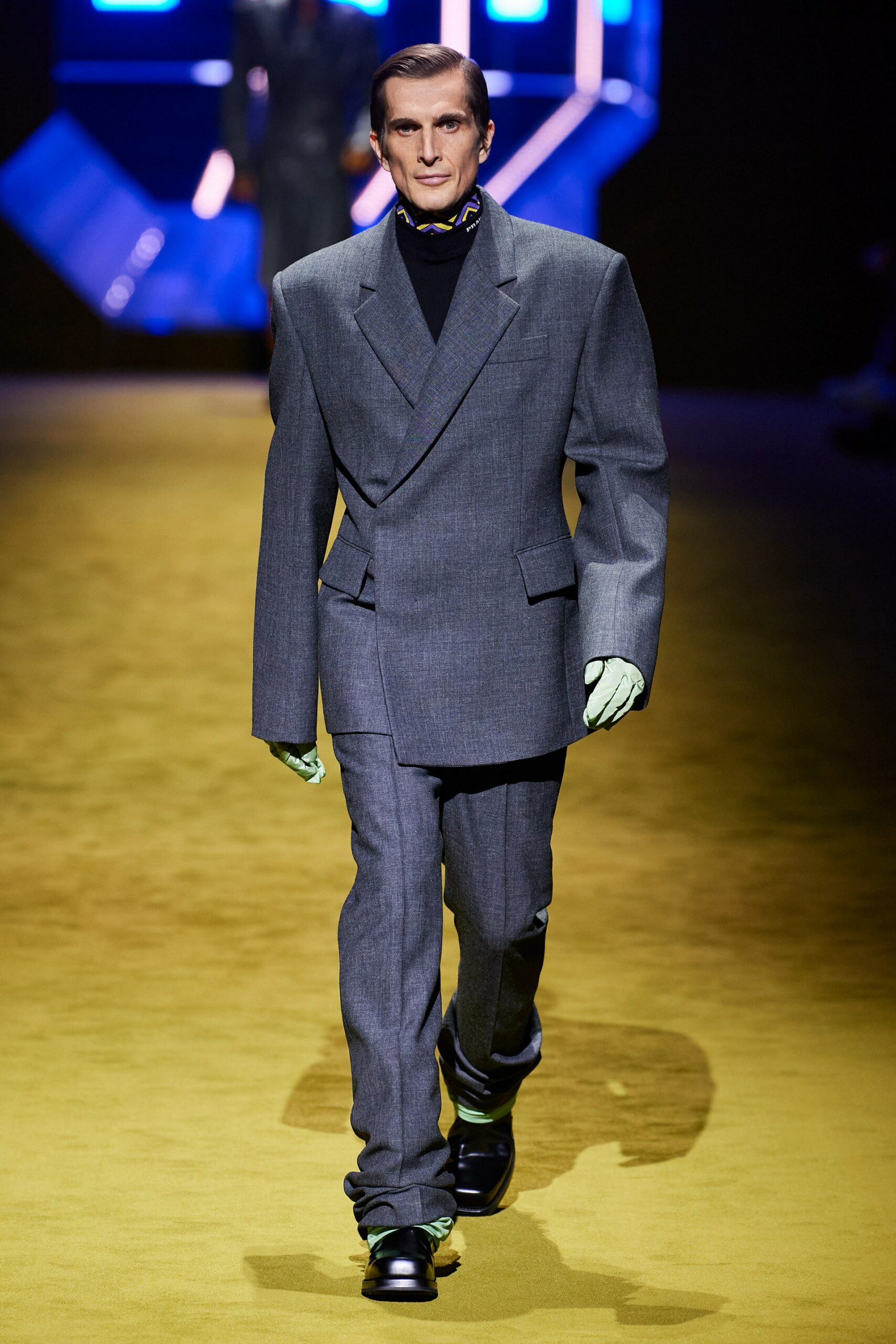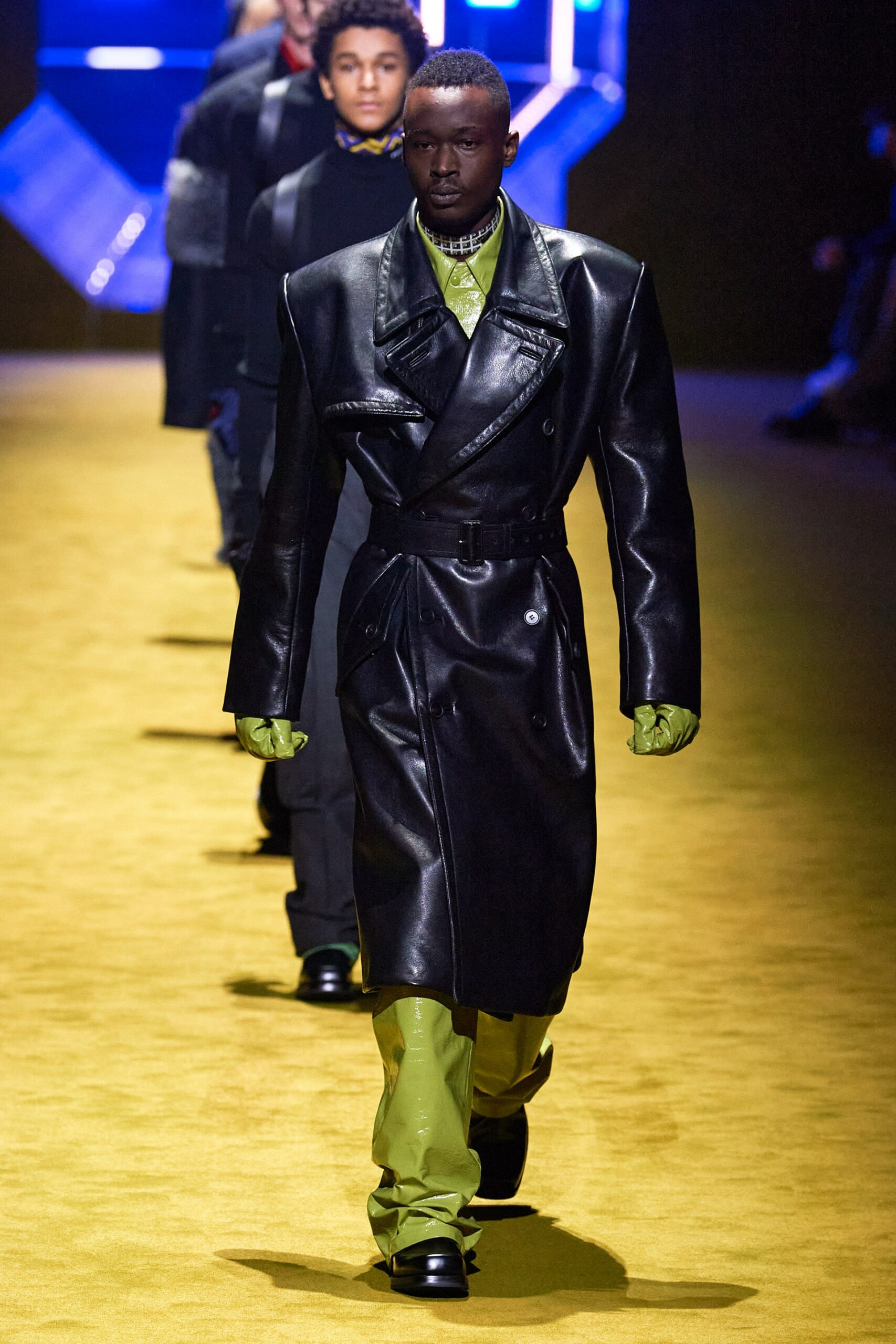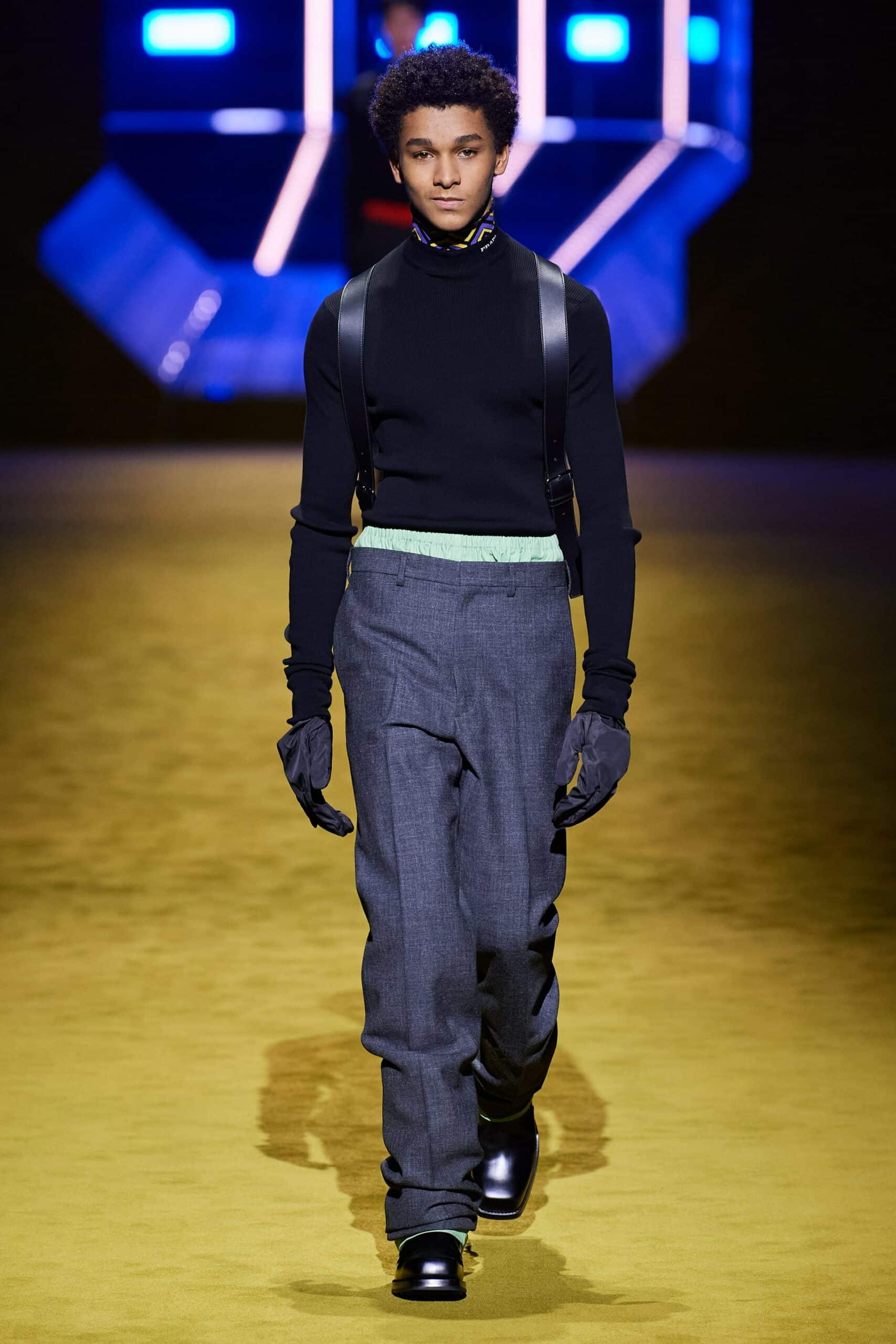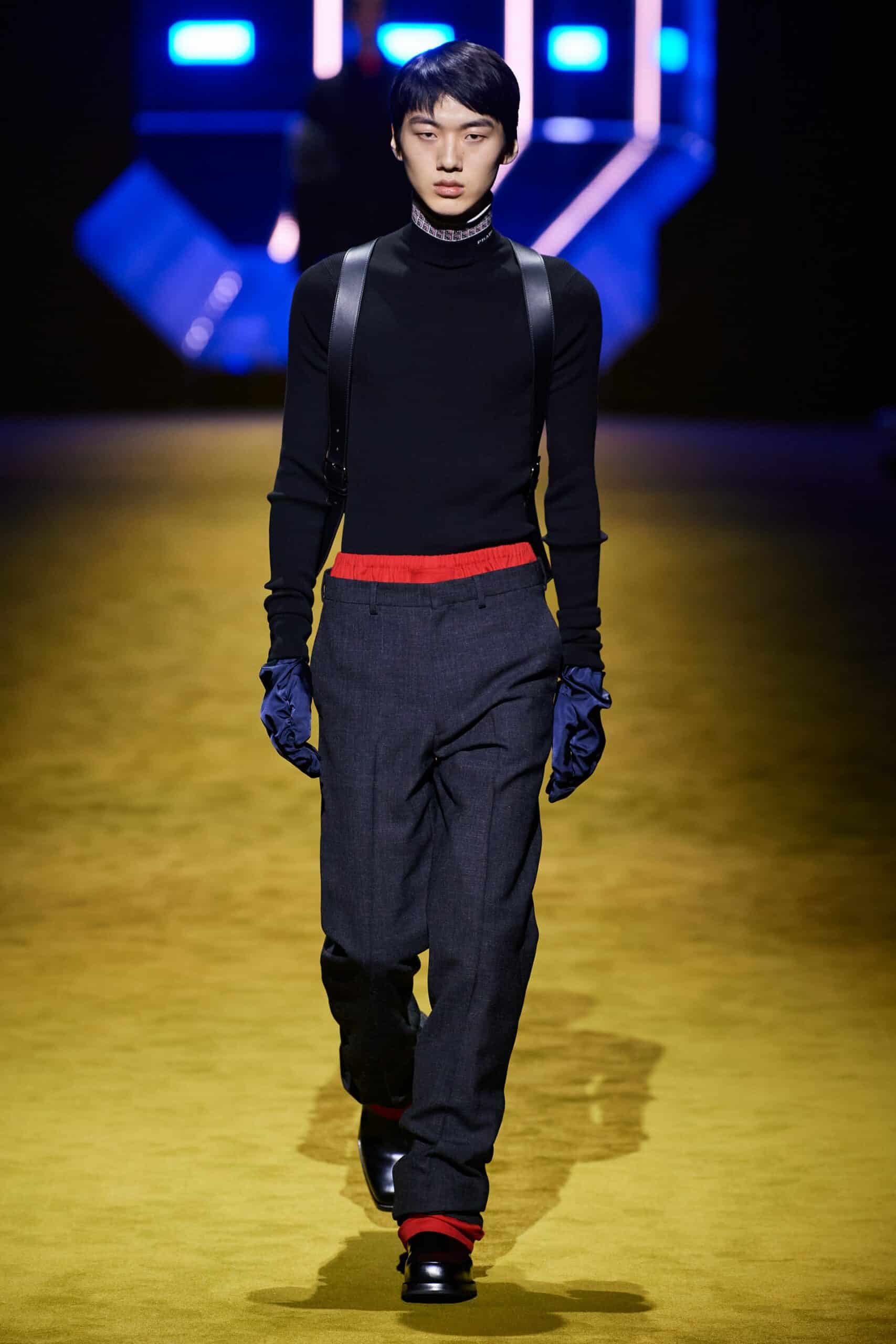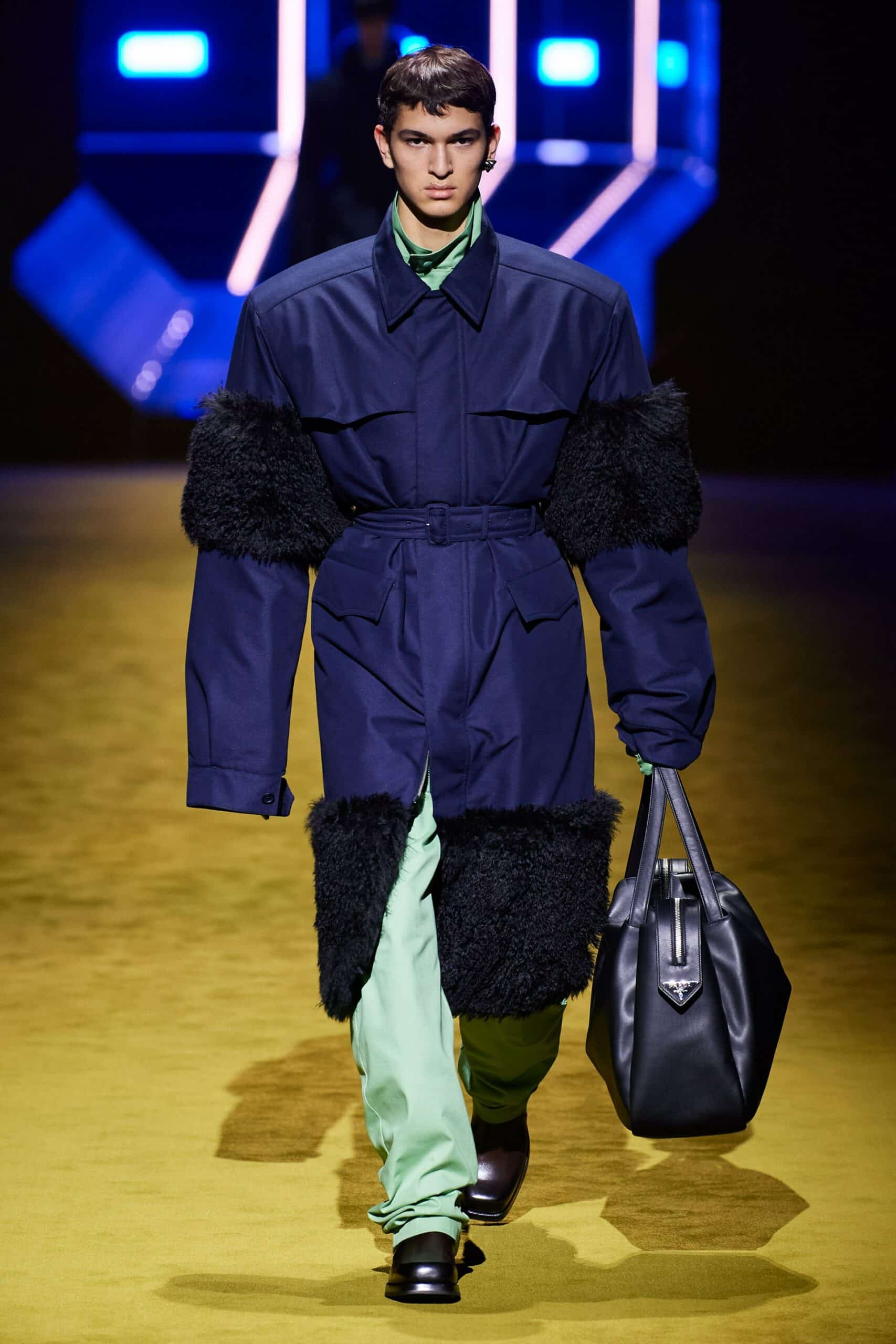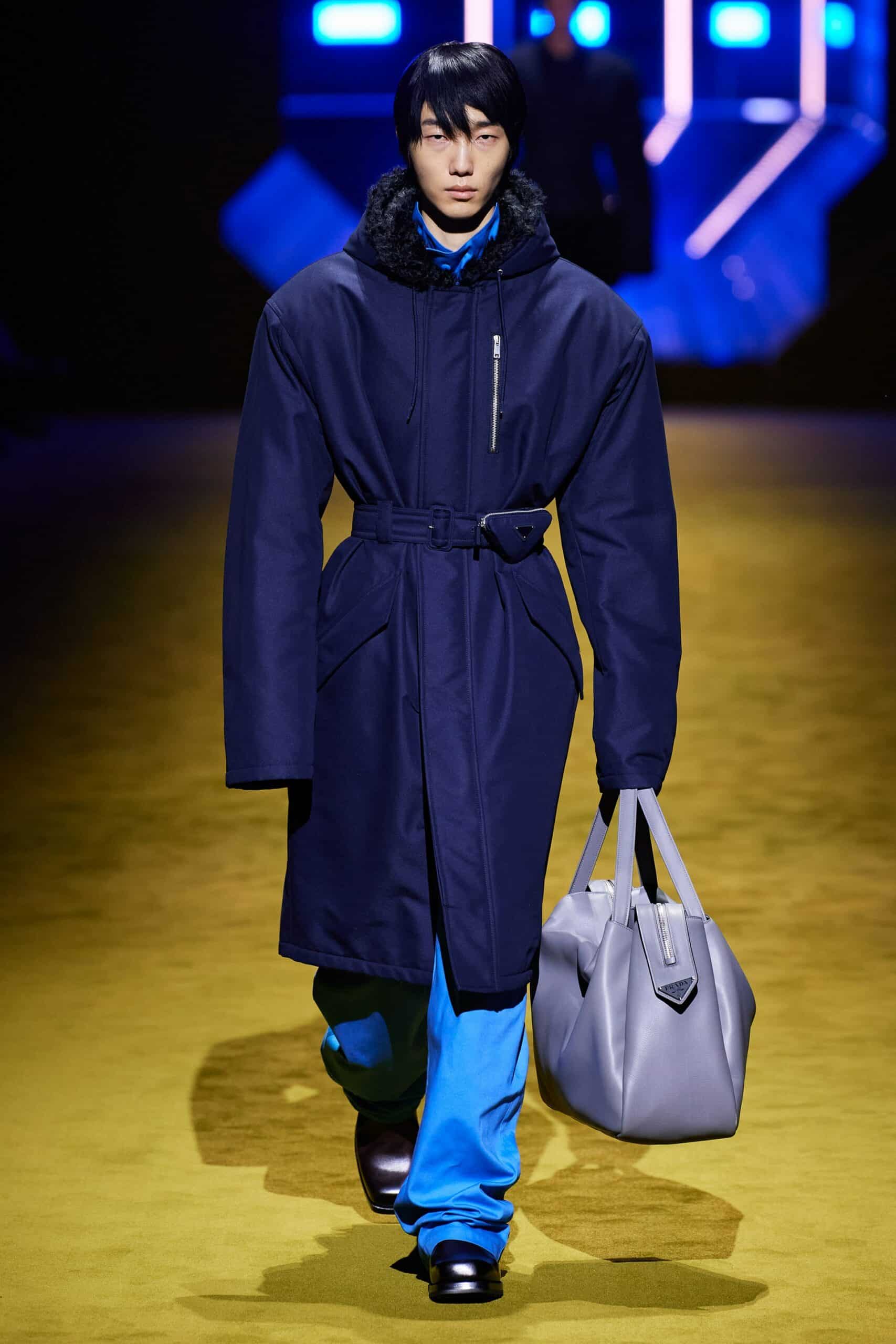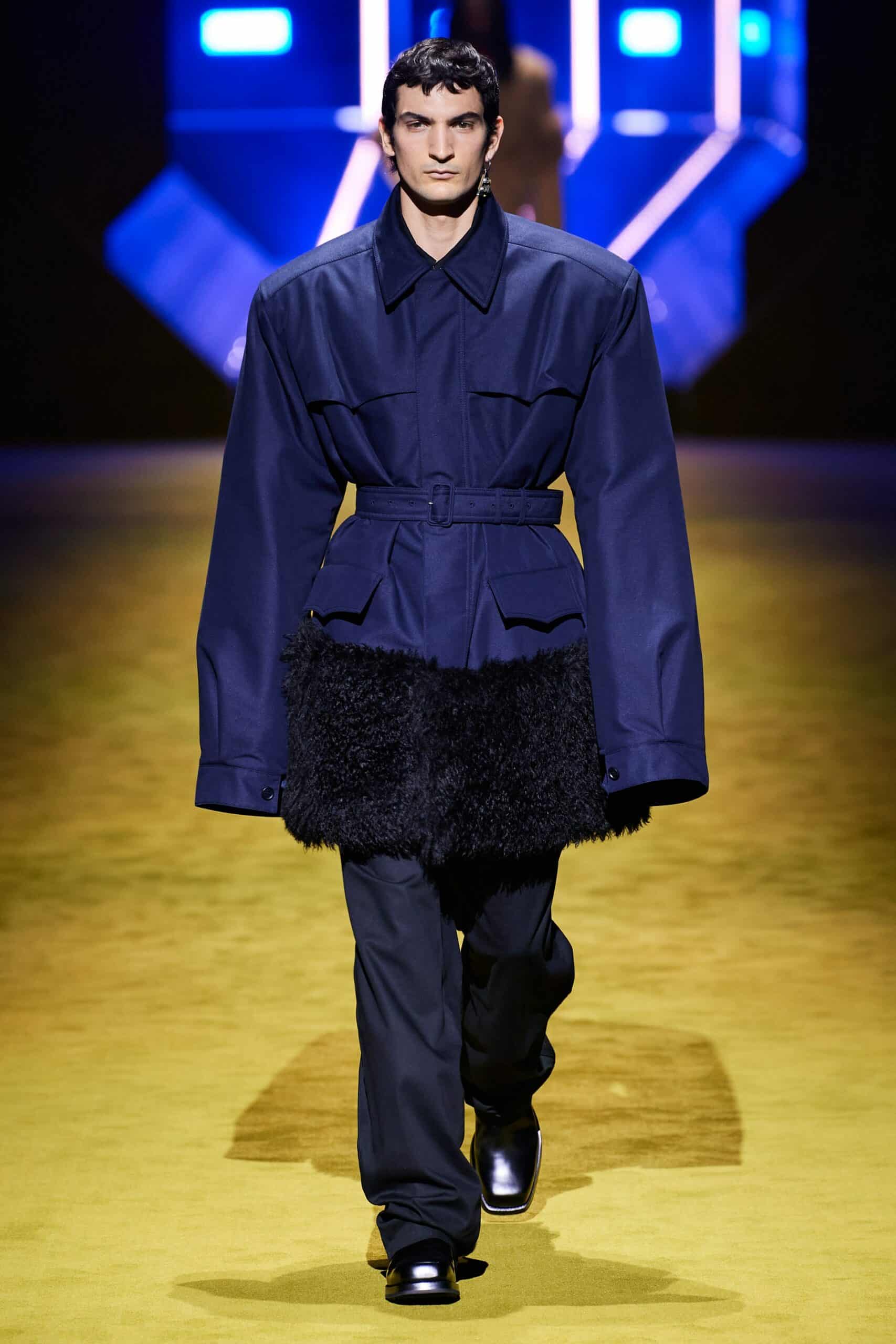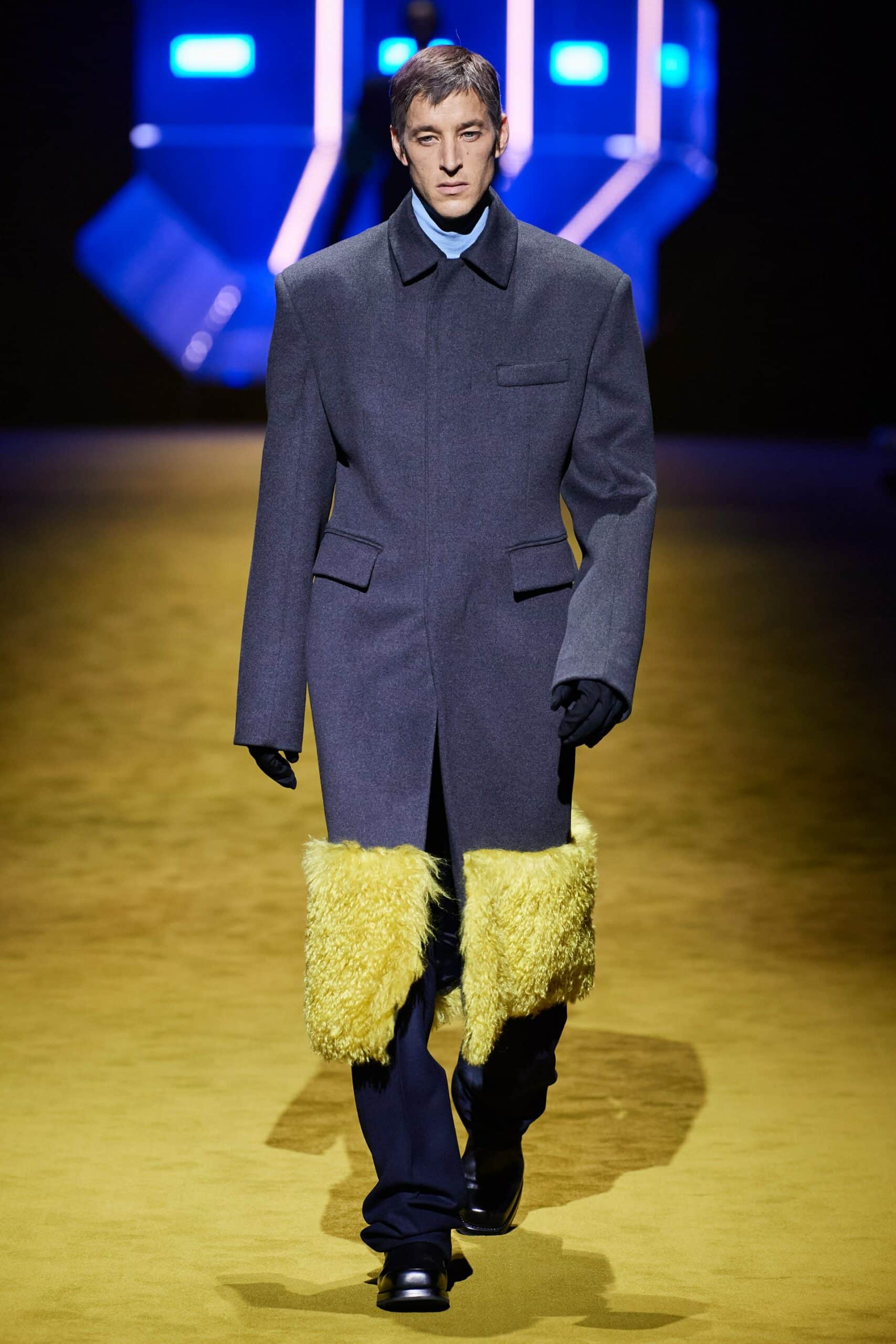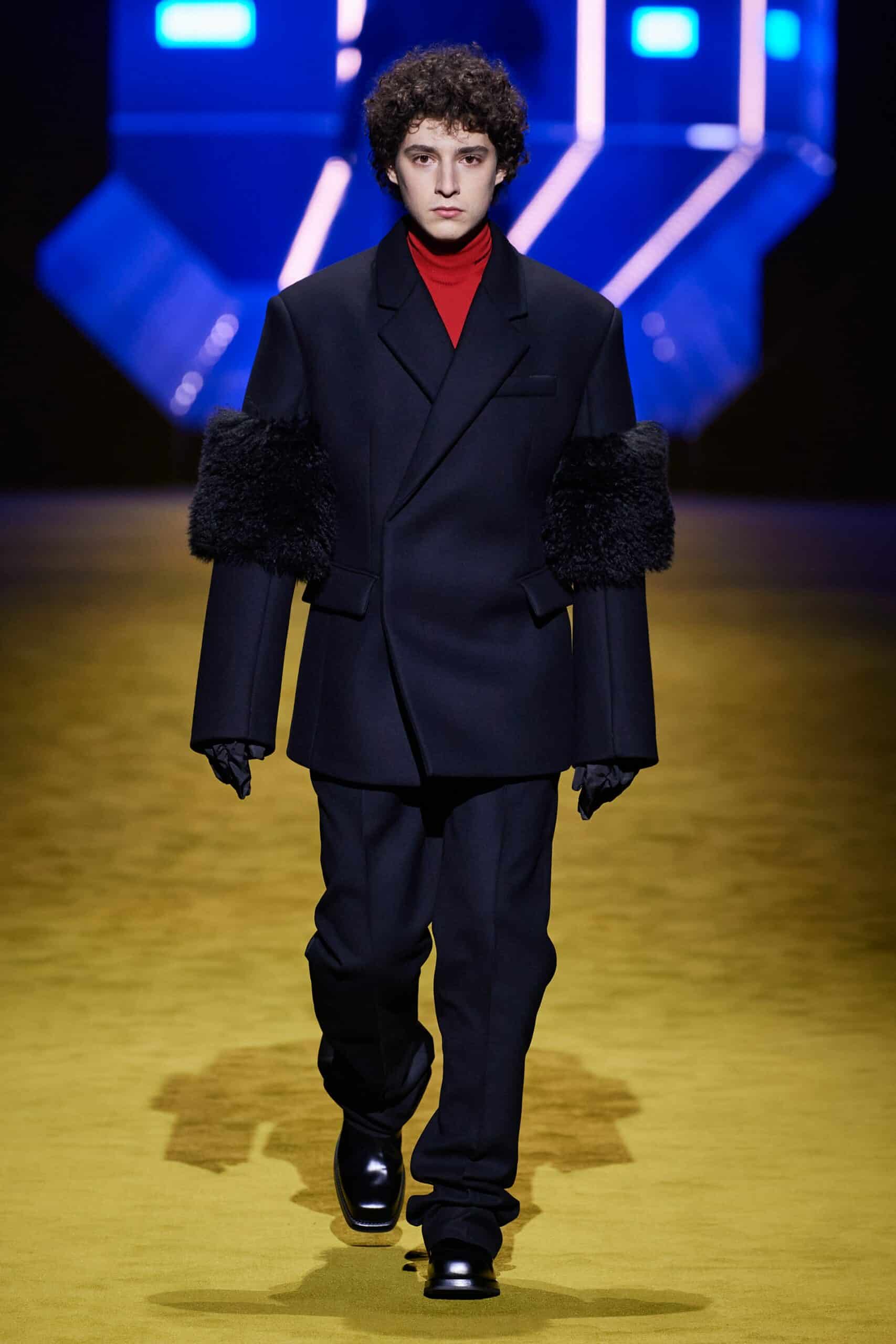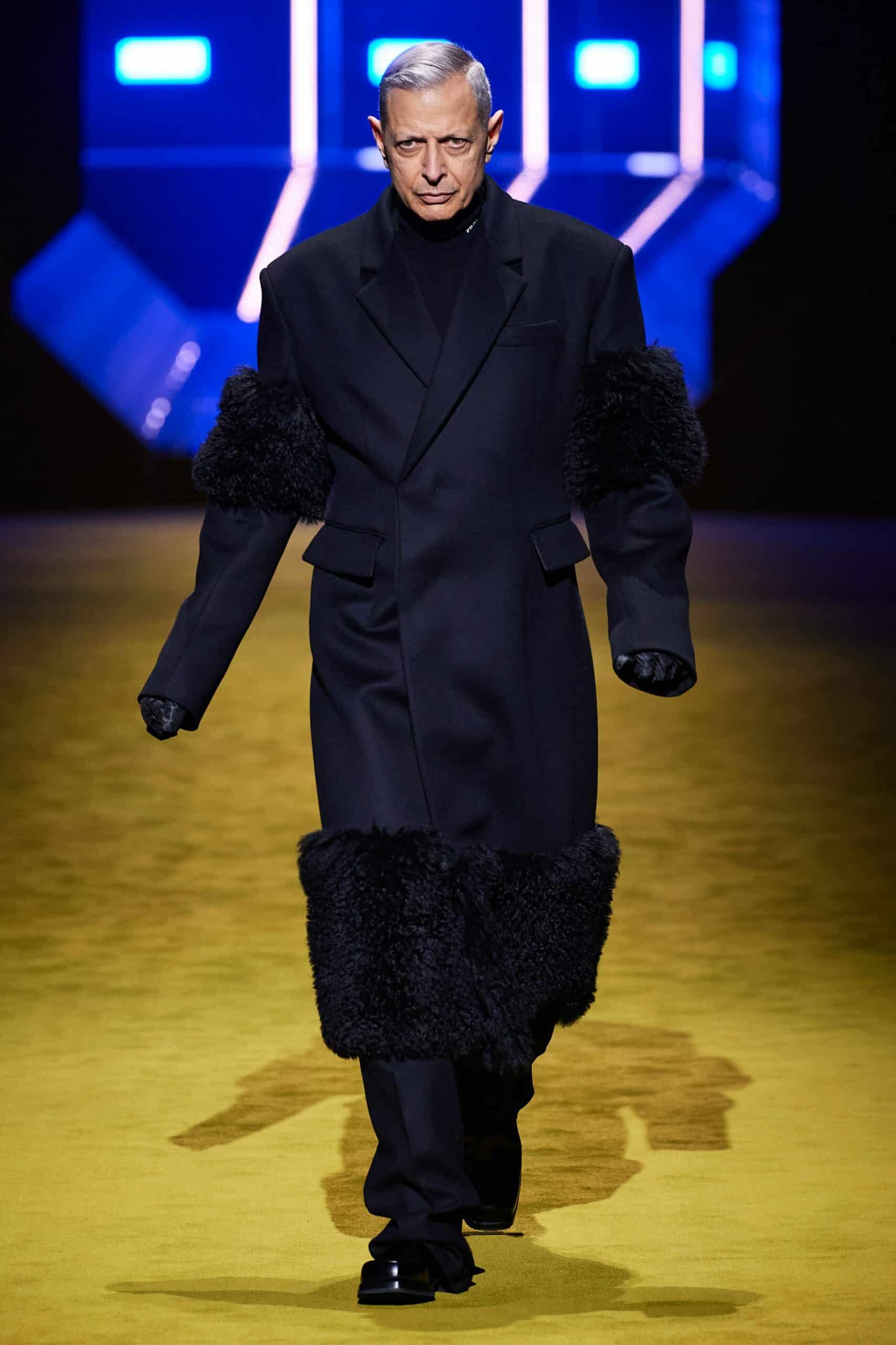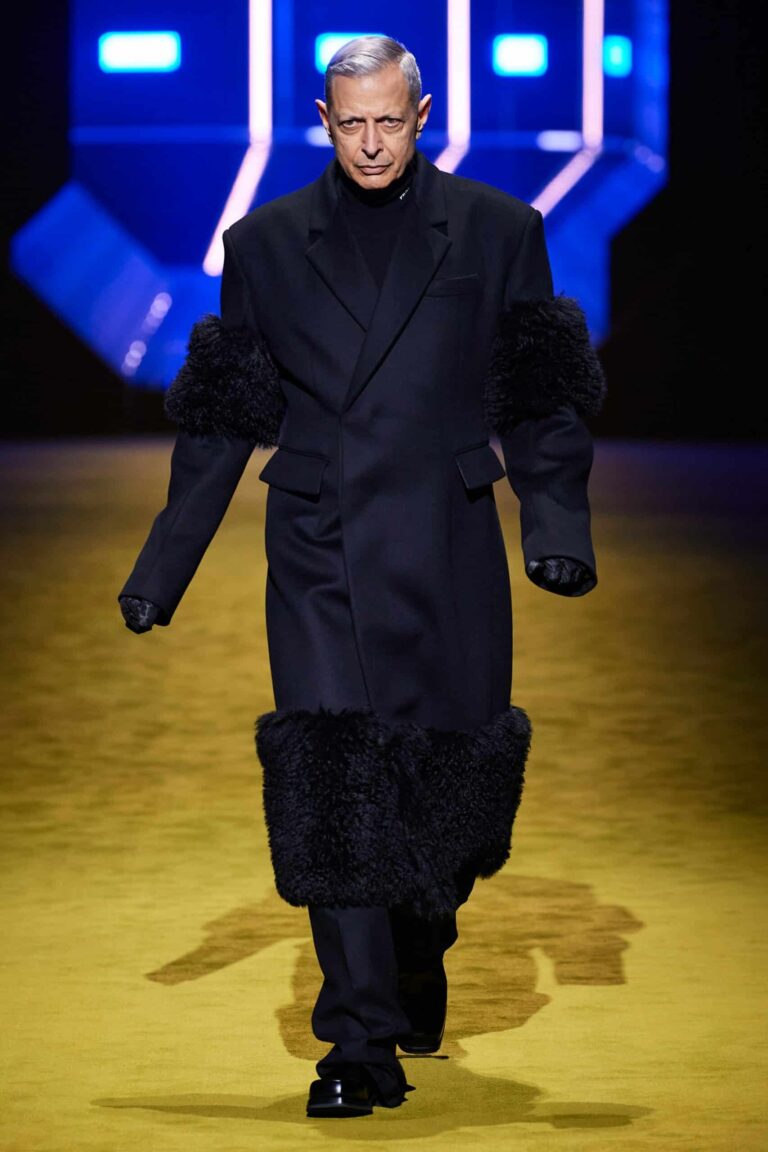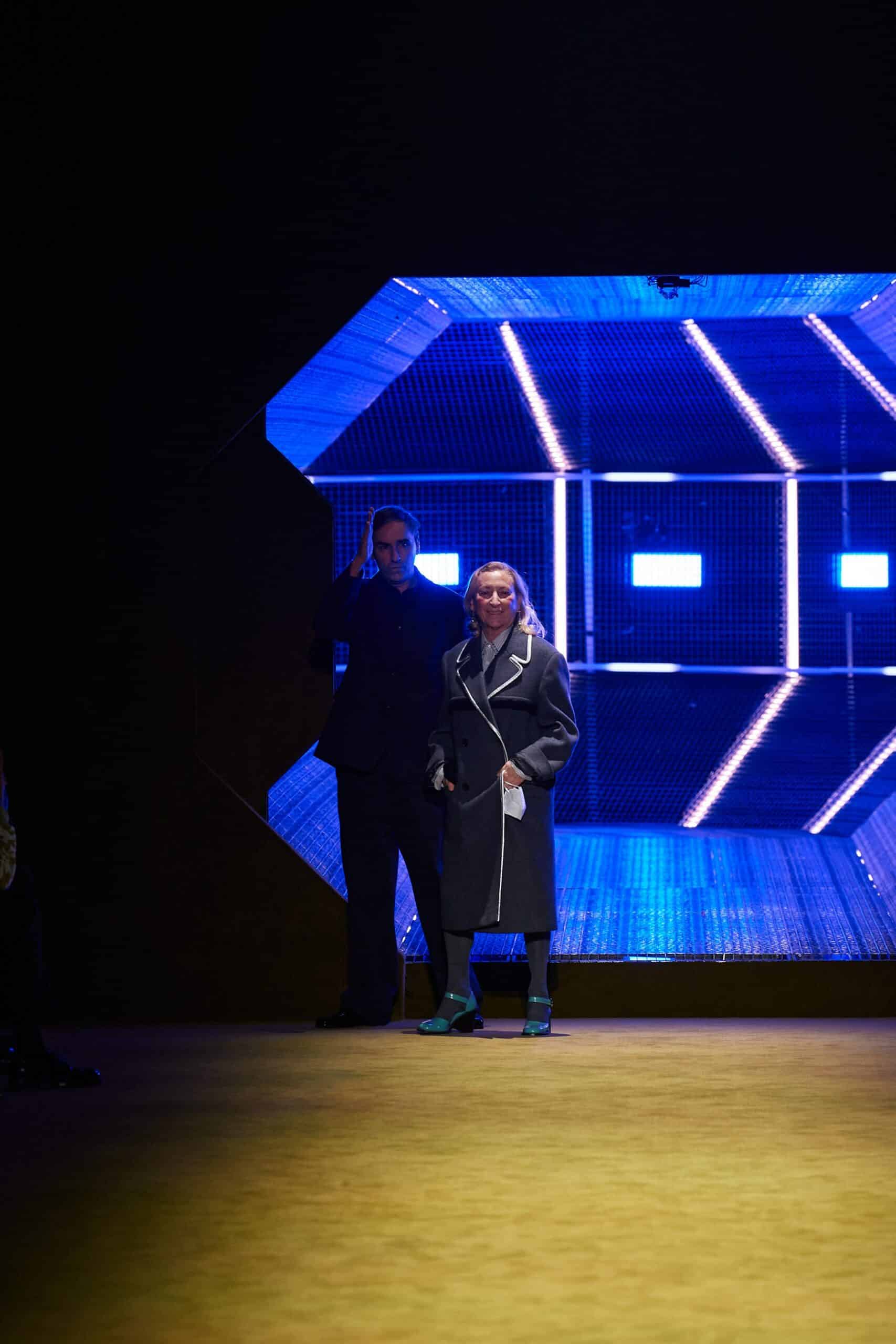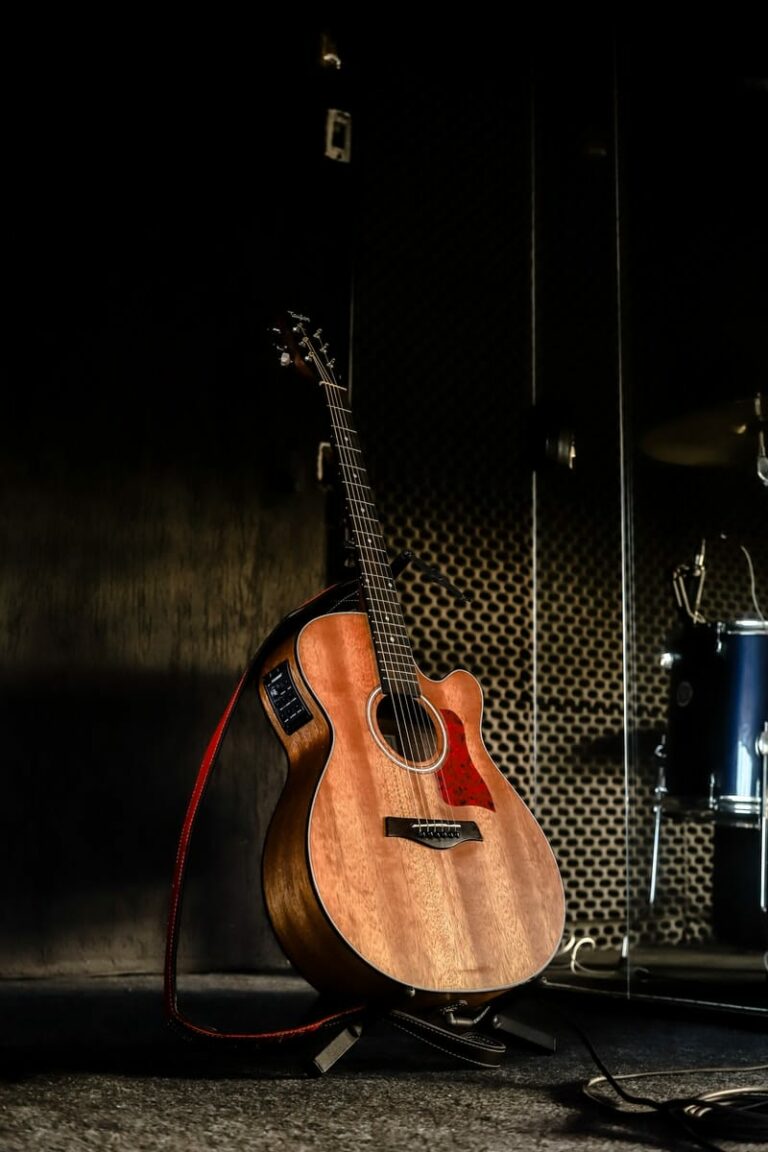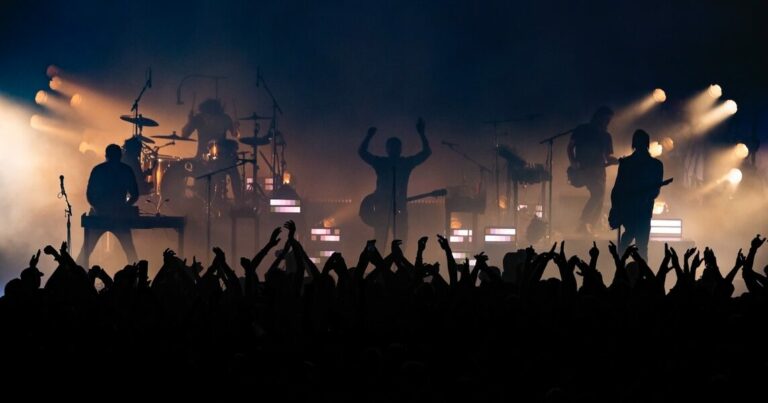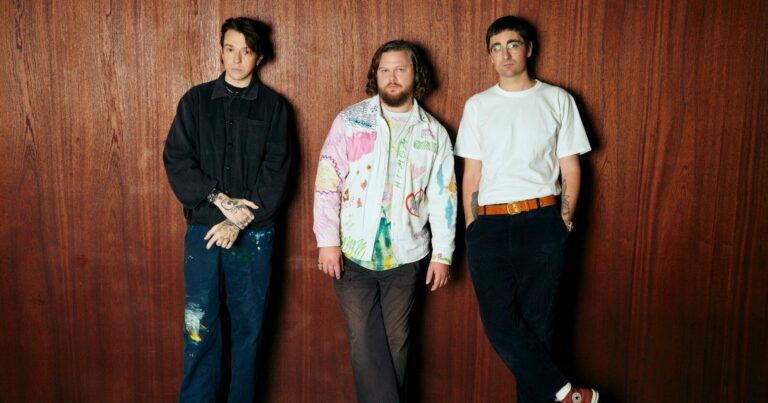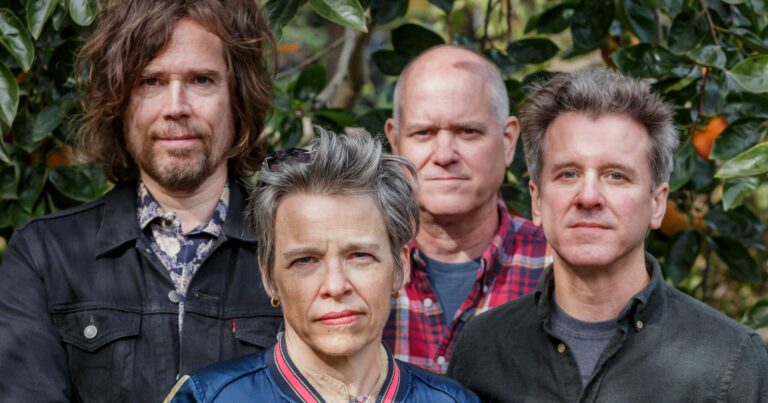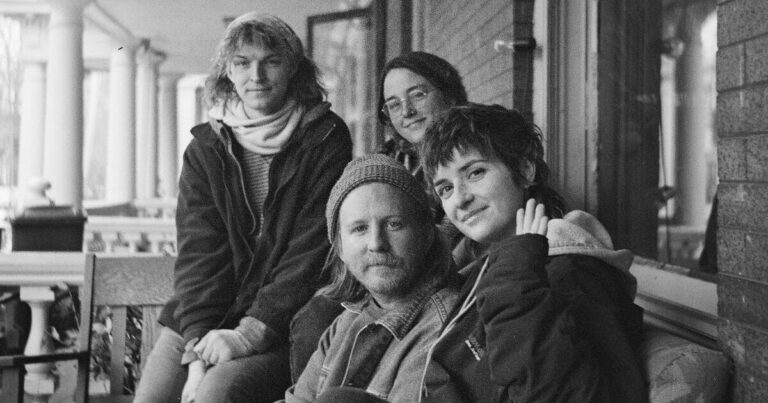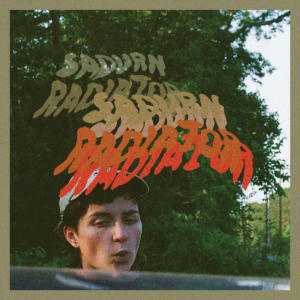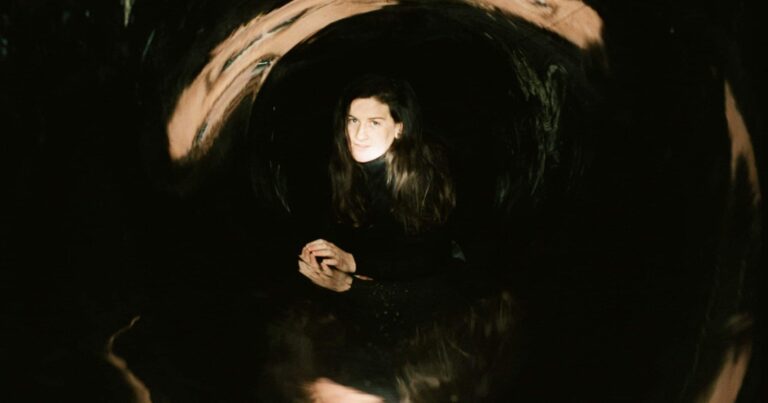Buying an instrument online isn’t easy, especially if you’re a first-time player. That doesn’t make the process impossible. In fact, there are plenty of reasons to buy a guitar online that go beyond convenience. Here’s how you can buy a guitar online when you have zero playing experience.
Why Lack of Playing Experience Isn’t A Problem
The biggest reason why guitar experts will advise against getting a guitar online is that you can’t check the instrument’s quality, sound, or level of craftsmanship behind a screen. There’s just one problem: if you’ve never played a guitar, how can you tell if the instrument is “good.”
You can’t. Without experience, those cool Fender acoustic guitars will look and sound the same as any other guitar, so you can’t use your own knowledge or expertise to make your choice.
First-time buyers have to ask an expert, search for Fender Custom Shop guitars,or read reviews to determine the difference between a low-quality and high-quality guitar. For these reasons, it won’t matter if you’re at the store or purchasing a guitar online; you’ll still need someone to help you through the buying process.
The Easy What to Find the Best Beginners Guitar
The fastest way to buy the guitar for your needs is by speaking to knowledgeable customer service staff because you’ll need their opinion on the following questions.
Does the Guitar Stay in Tune?
This question serves two purposes: it gives a basic answer for how the guitar sounds and determines if the person you’re speaking with is an expert. If the customer service rep acts like it’s a stupid question, or if they answer like “of course, it does,” then ask for someone else.
It’s normal for guitars to go in and out of tune, but the sound of your guitar shouldn’t drastically shift between playing sessions. This will indicate the guitar is difficult to play or low-quality.
What Size Strings are on the Guitar?
The optimal size strings for a beginner guitar is 2-2.7mm, but the smaller, the better. Acoustic guitars have thick strings that can cause bleeding if you’re new to playing. At the same time, the wrong size strings could cause the guitar neck to bend unless it’s equipped with a truss rod.
Is the Guitar Neck and Fretboard Straight?
A guitar neck that’s curved can cause a lot of problems for newbies. If the neck bends back, the strings will touch the wrong frets and disrupt the sound. If the neck bends forward, the strings will hover too high and make playing too difficult because you’ll have to add more pressure.
At the same time, the fretboard should be level with the wood, making them “straight.” Playing with a curved neck or uneven frets will make learning the instrument hard, so pass them up.
What Model Would You Recommend for Beginners?
Most customer service staff can point you in the right direction, but any beginner guitar should be a bare-bones instrument. It shouldn’t come with a bunch of features that make playing it complicated. Most beginner guitars should be inexpensive and very easy to play.
How Big/Small is the Guitar?
Most acoustic guitars will range from 3/4 (100-120cm), Small Body (120-165cm) and Full Size (165cm +). Typically retailers will suggest a size based on your age. If you’re 15+, it’s recommended to buy a Full-Size acoustic guitar, but it’s better to go by the size of your hands.
If you wear small size gloves (or less), it’s preferable to buy a Small Body guitar. At the other end of the scale, there are specially designed guitars that fit into bigger hands. Remember that acoustic guitars are bulky, and it’s better to be comfortable than struggling to reach the frets.

